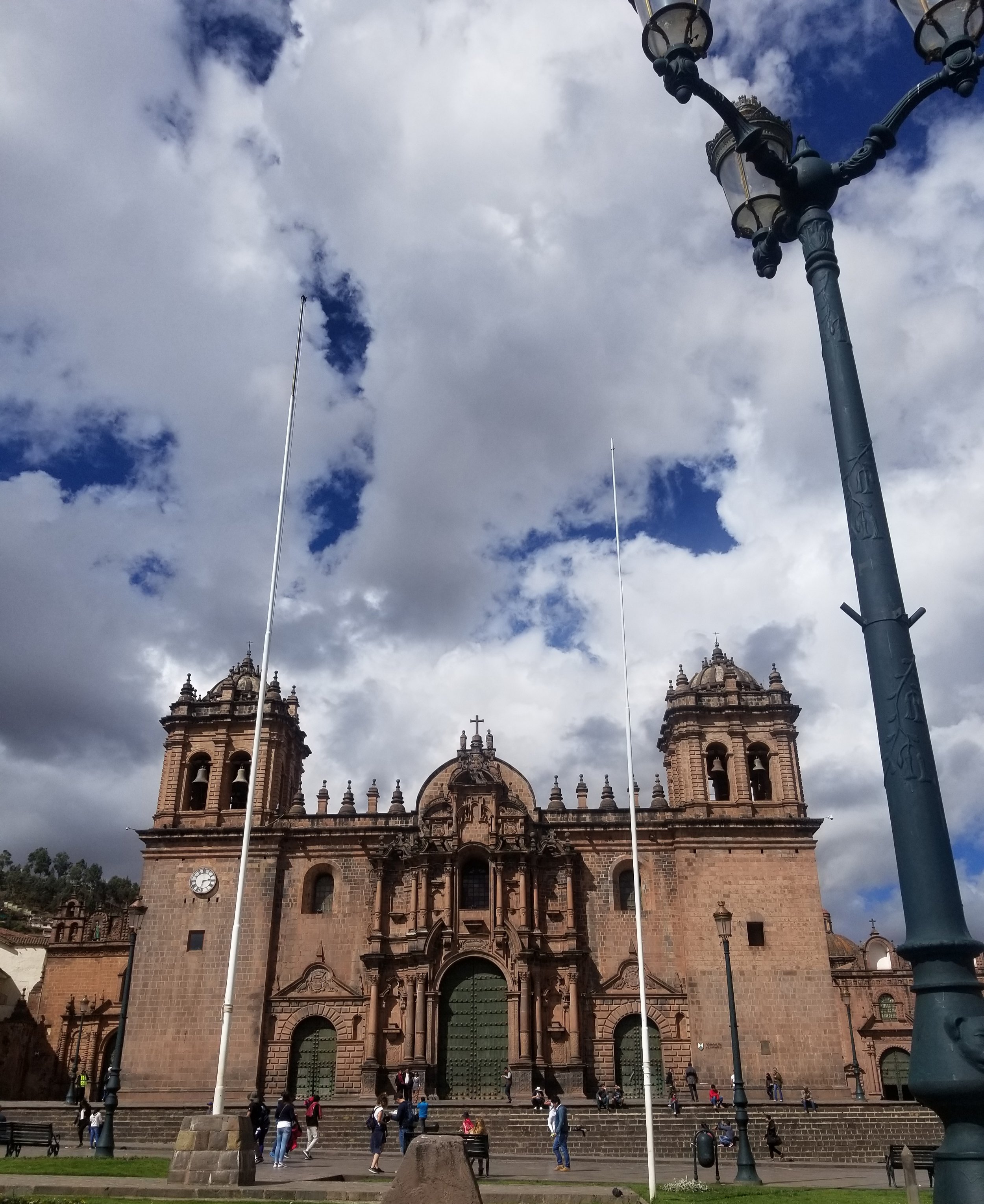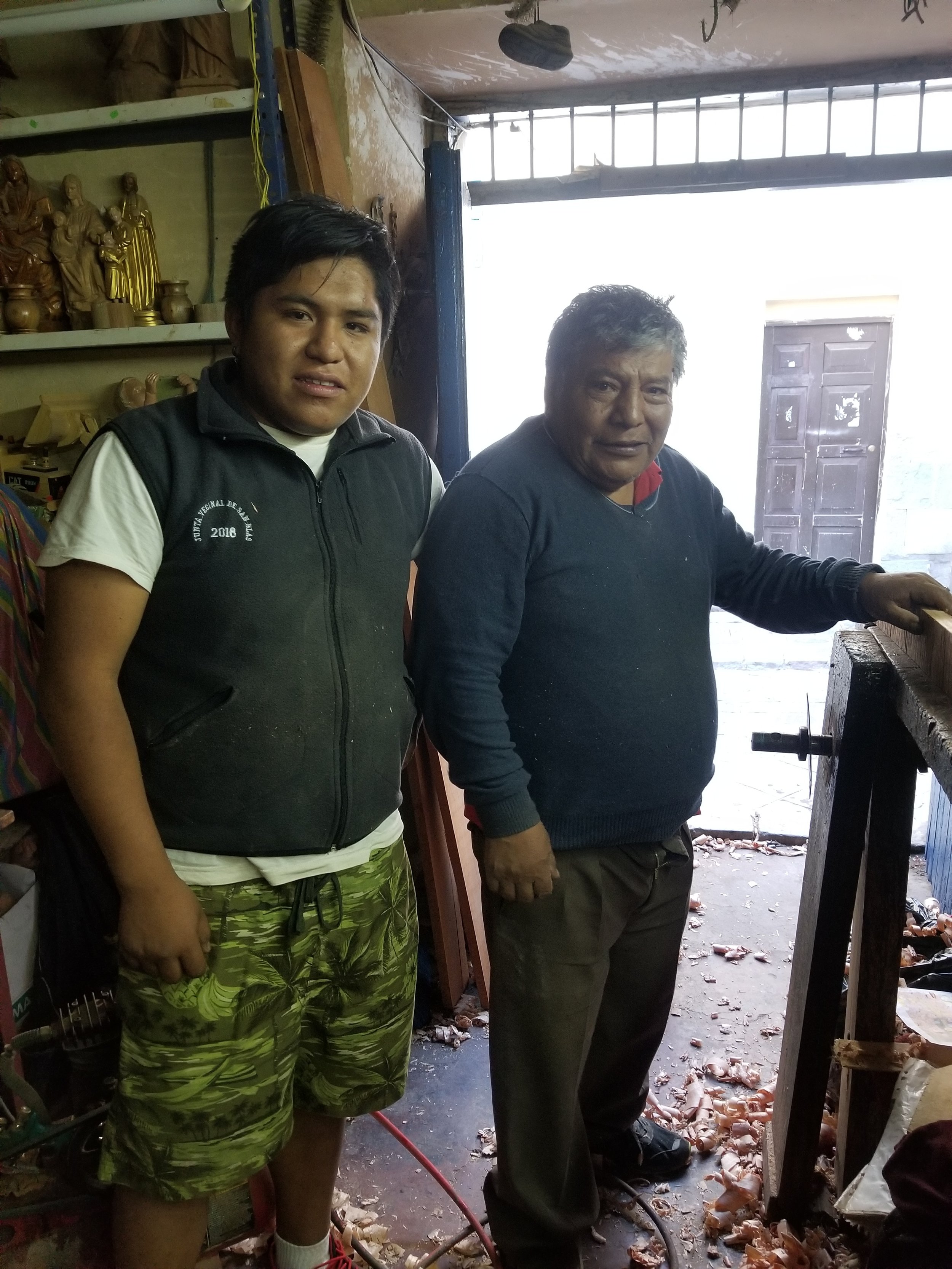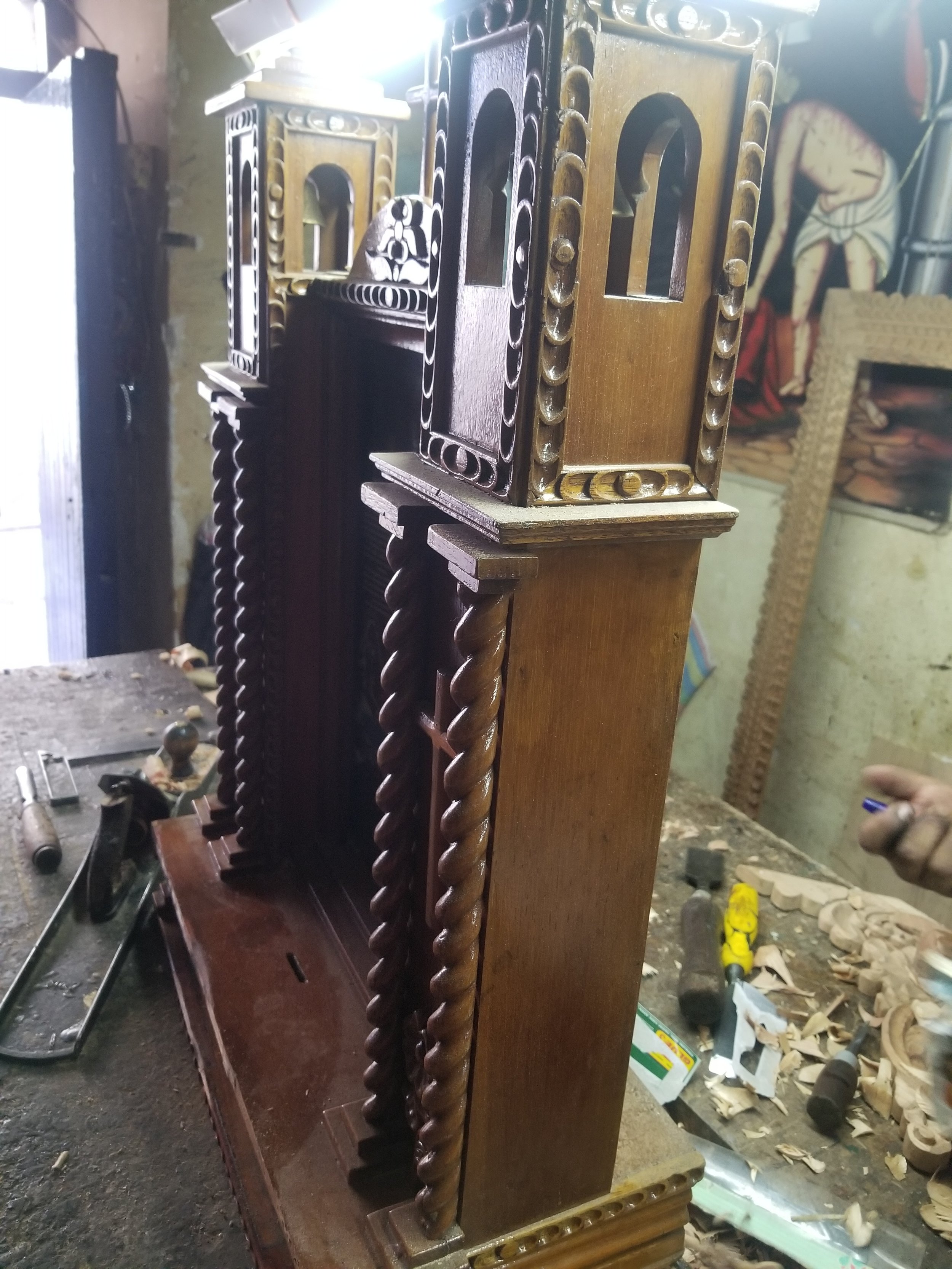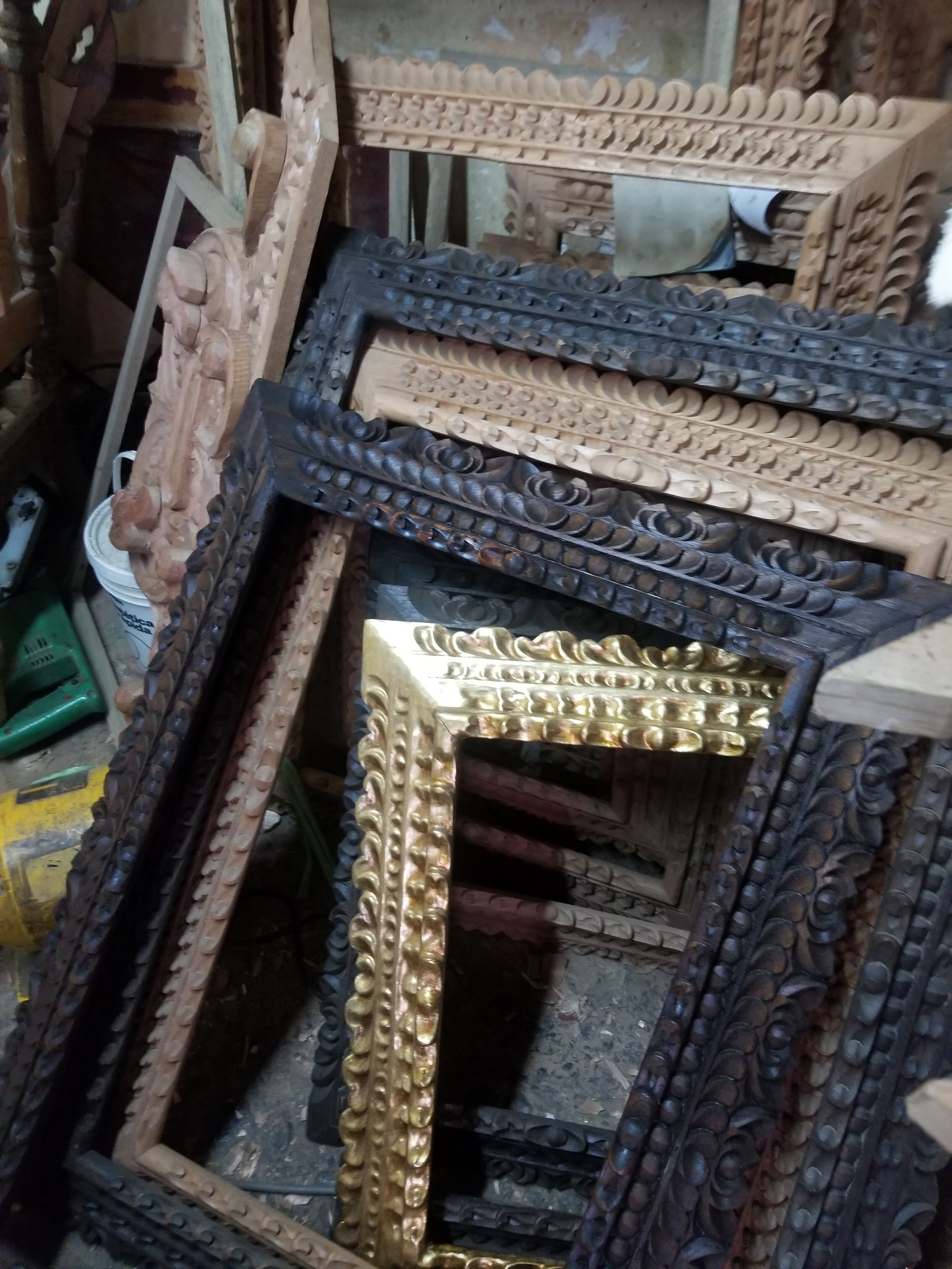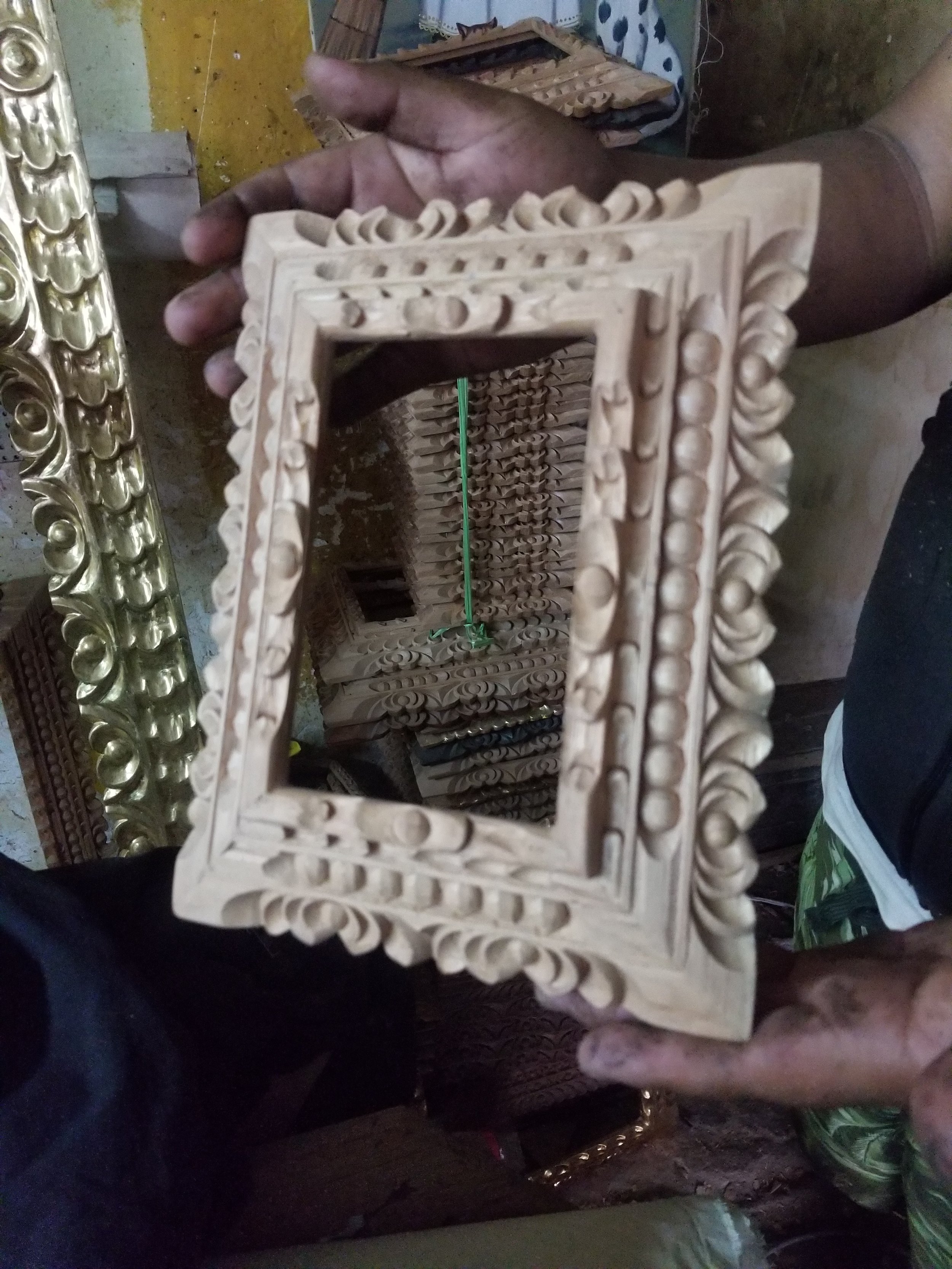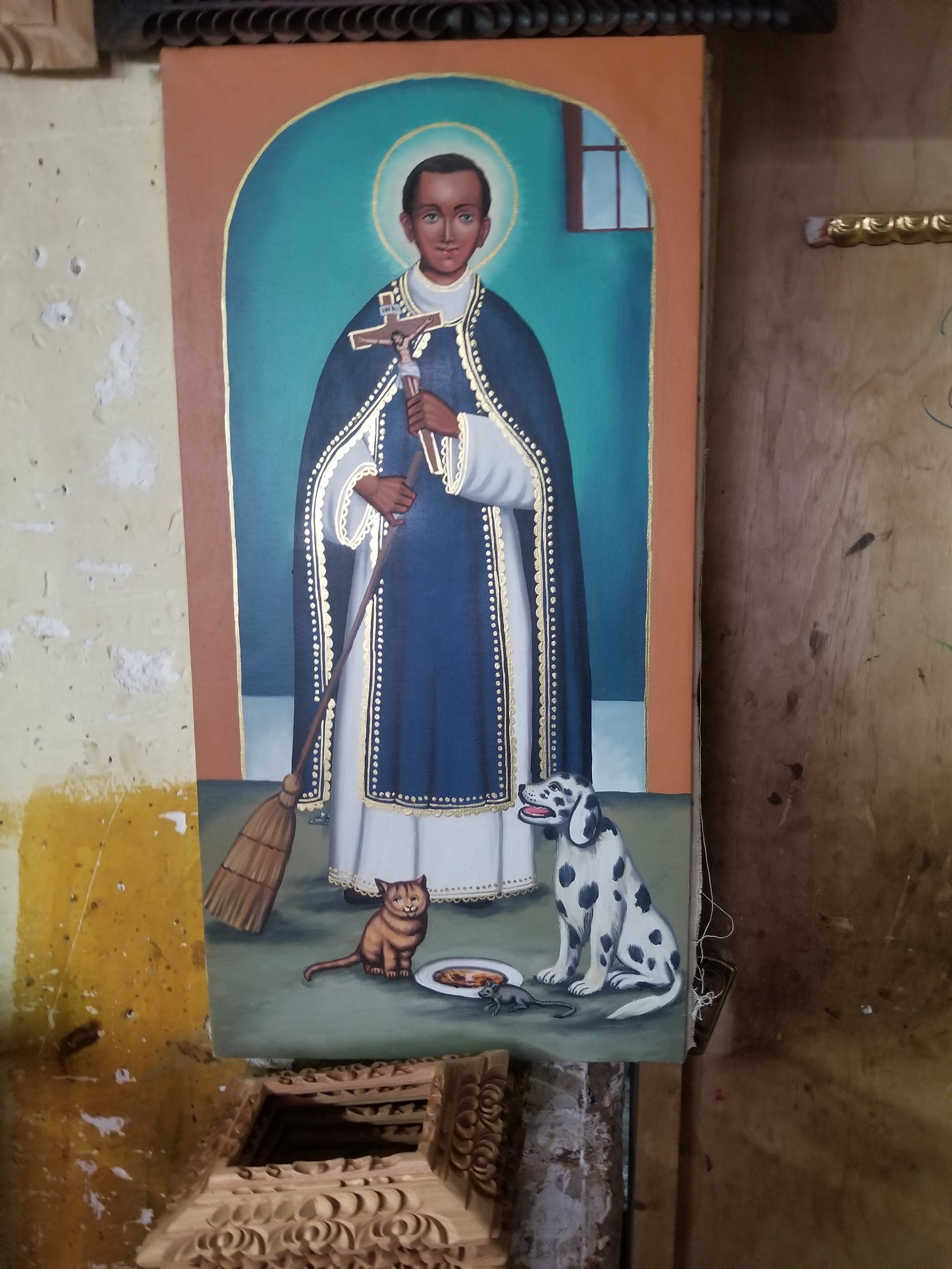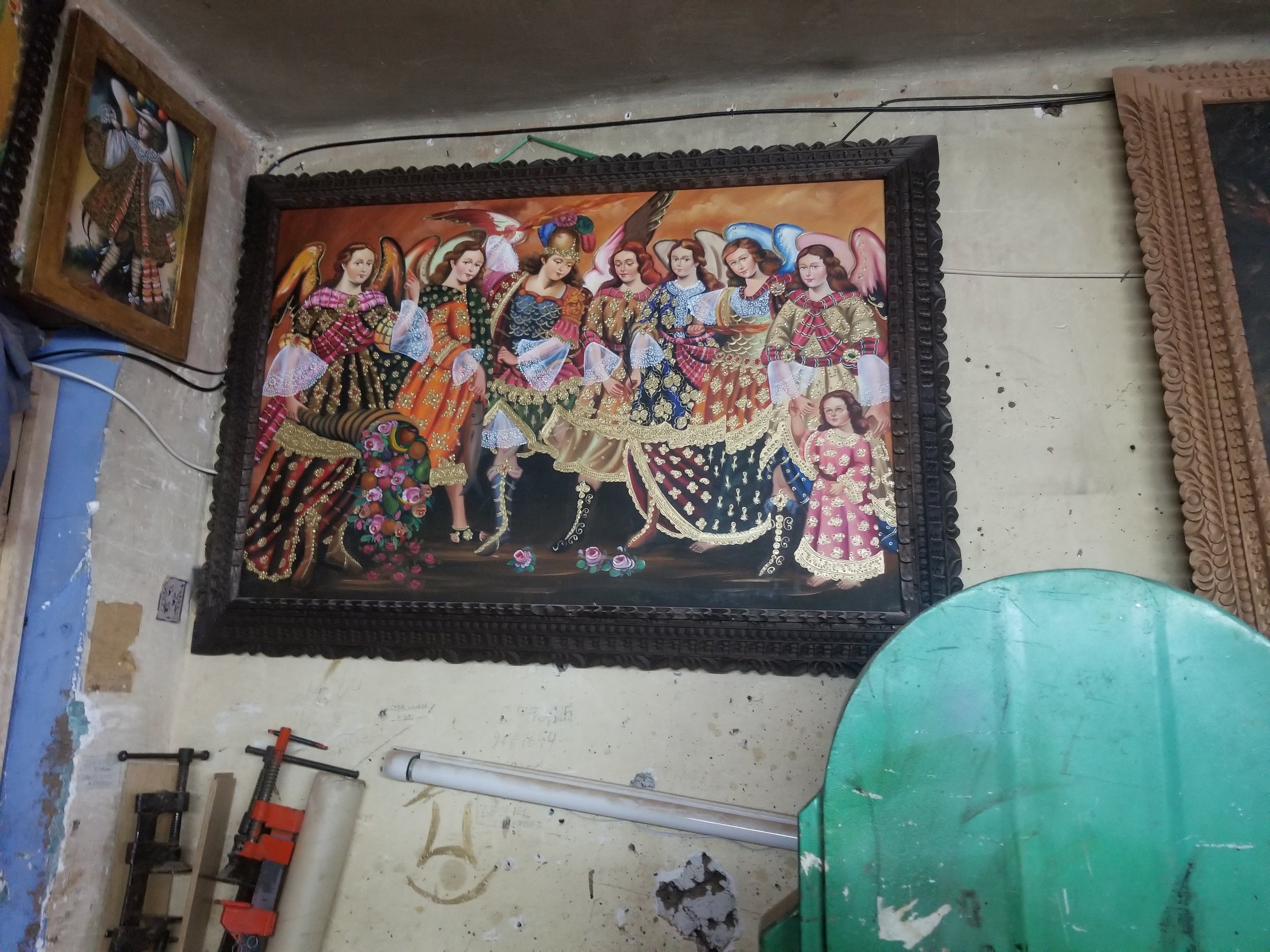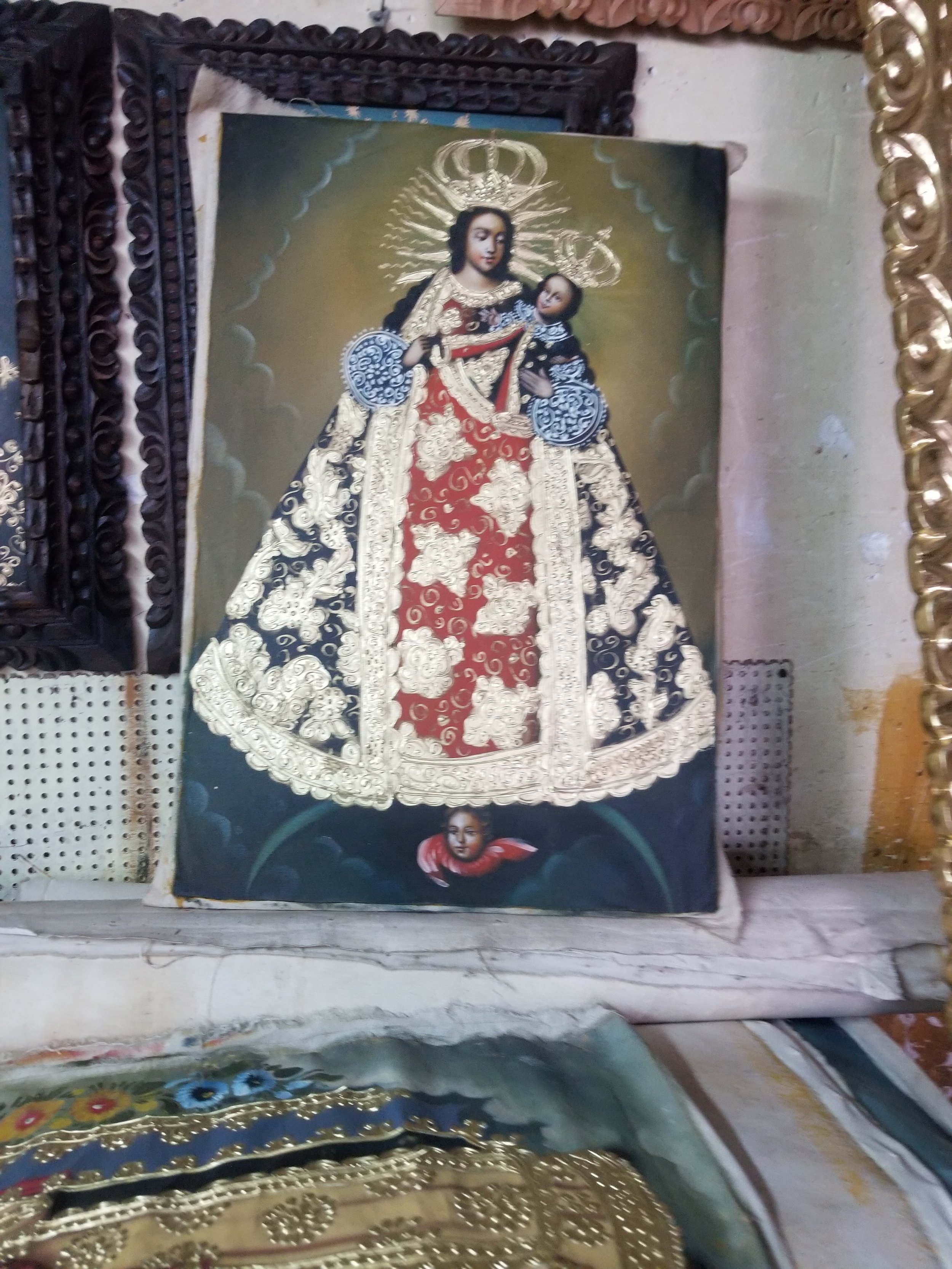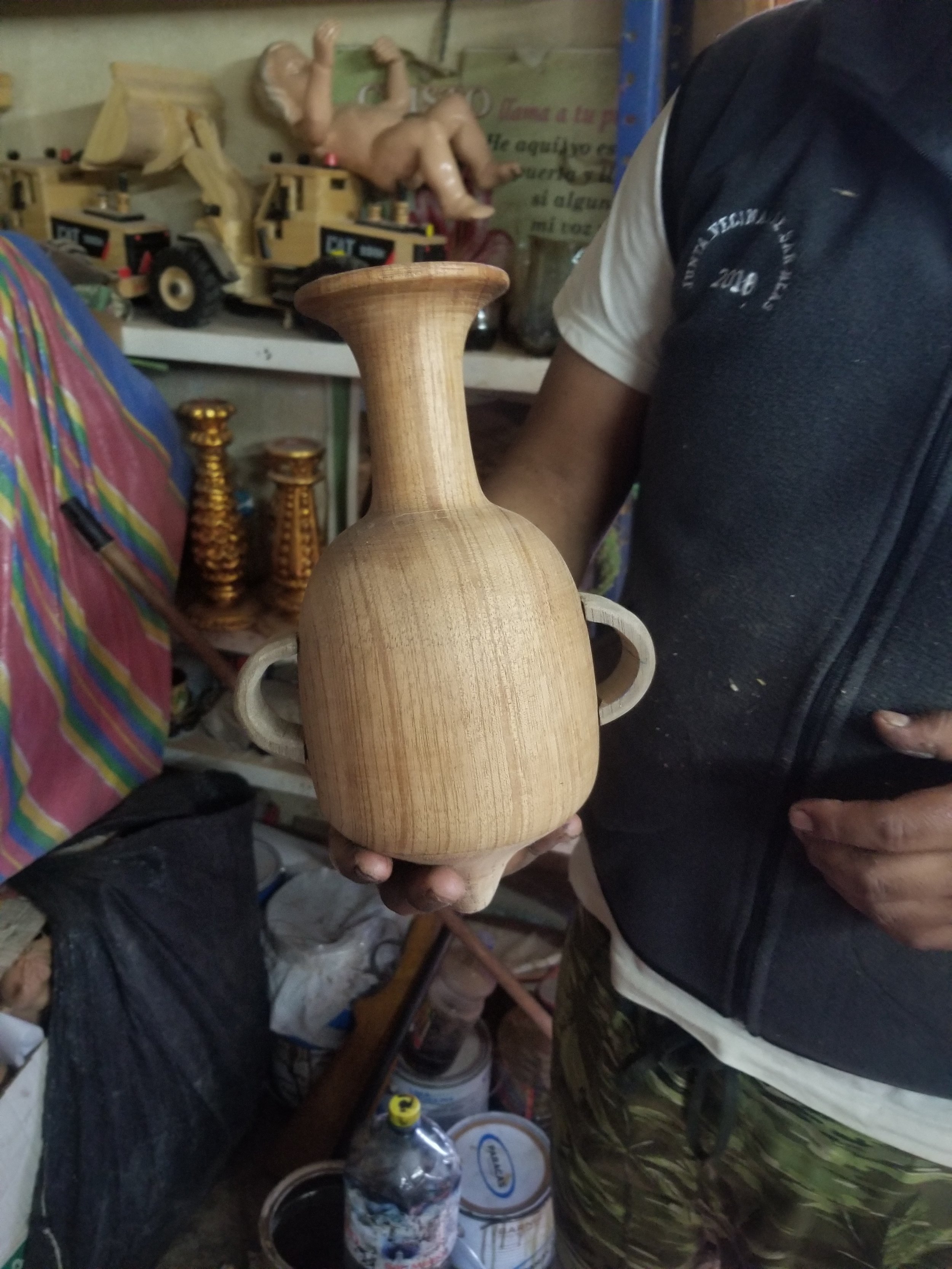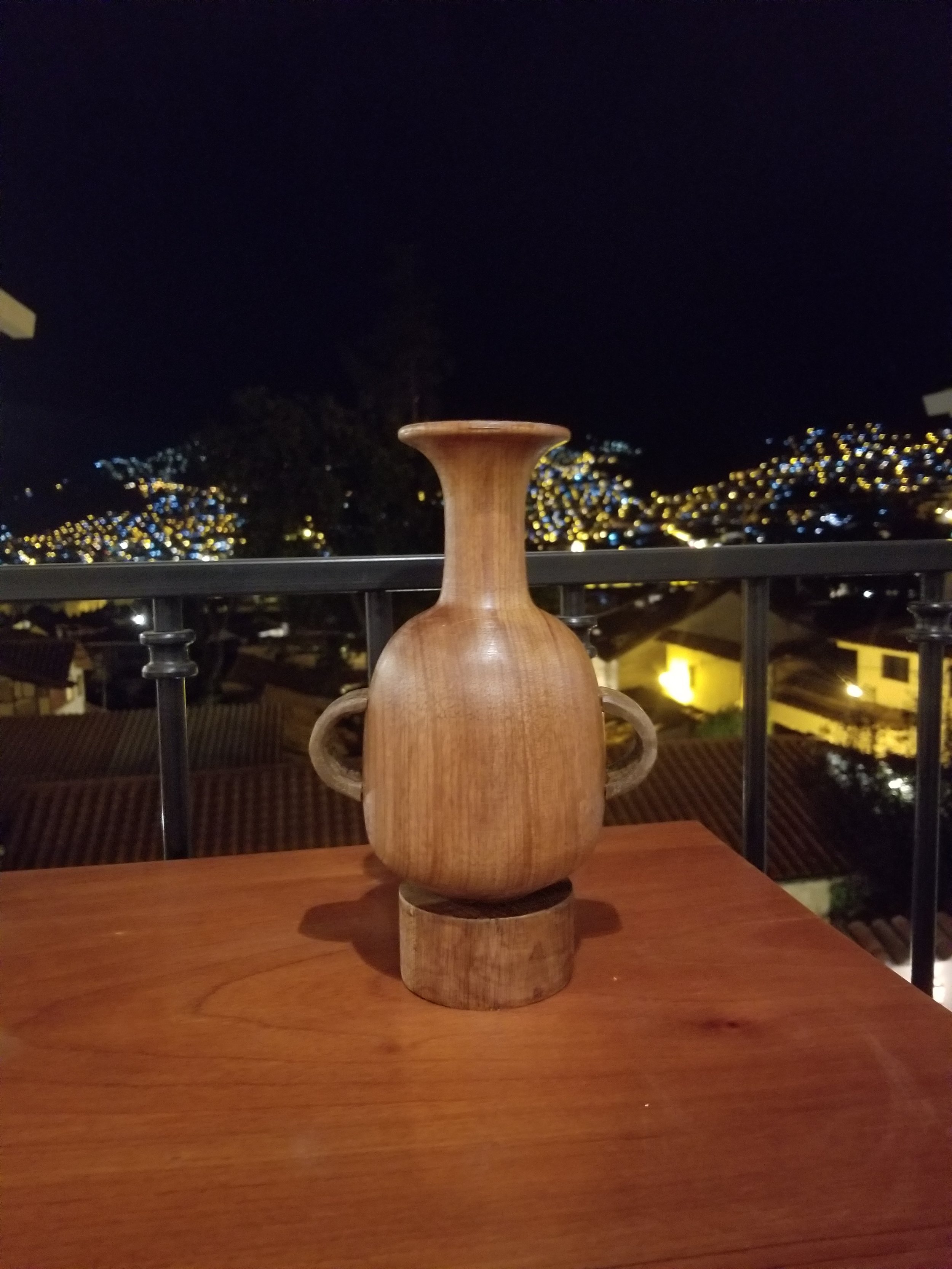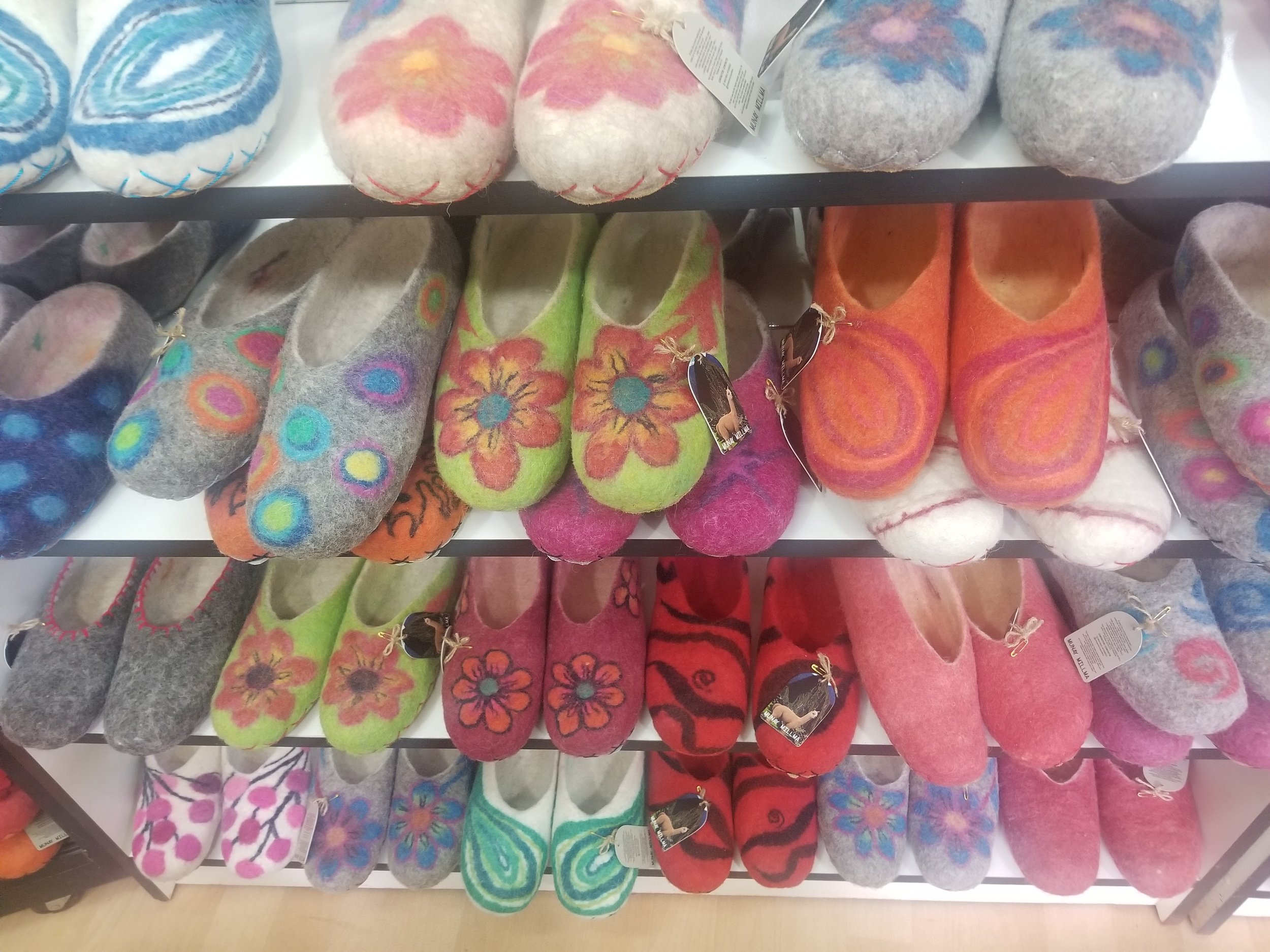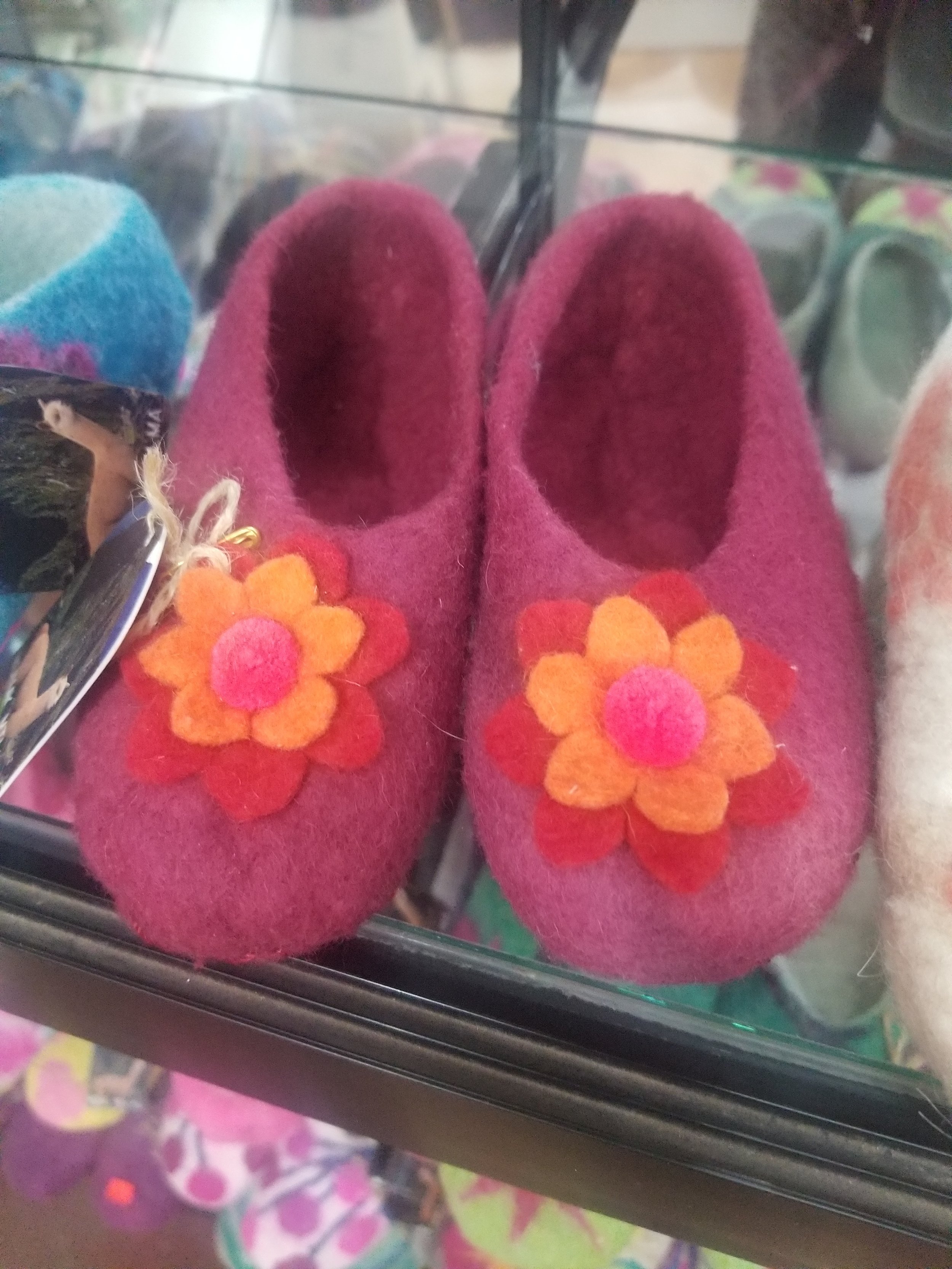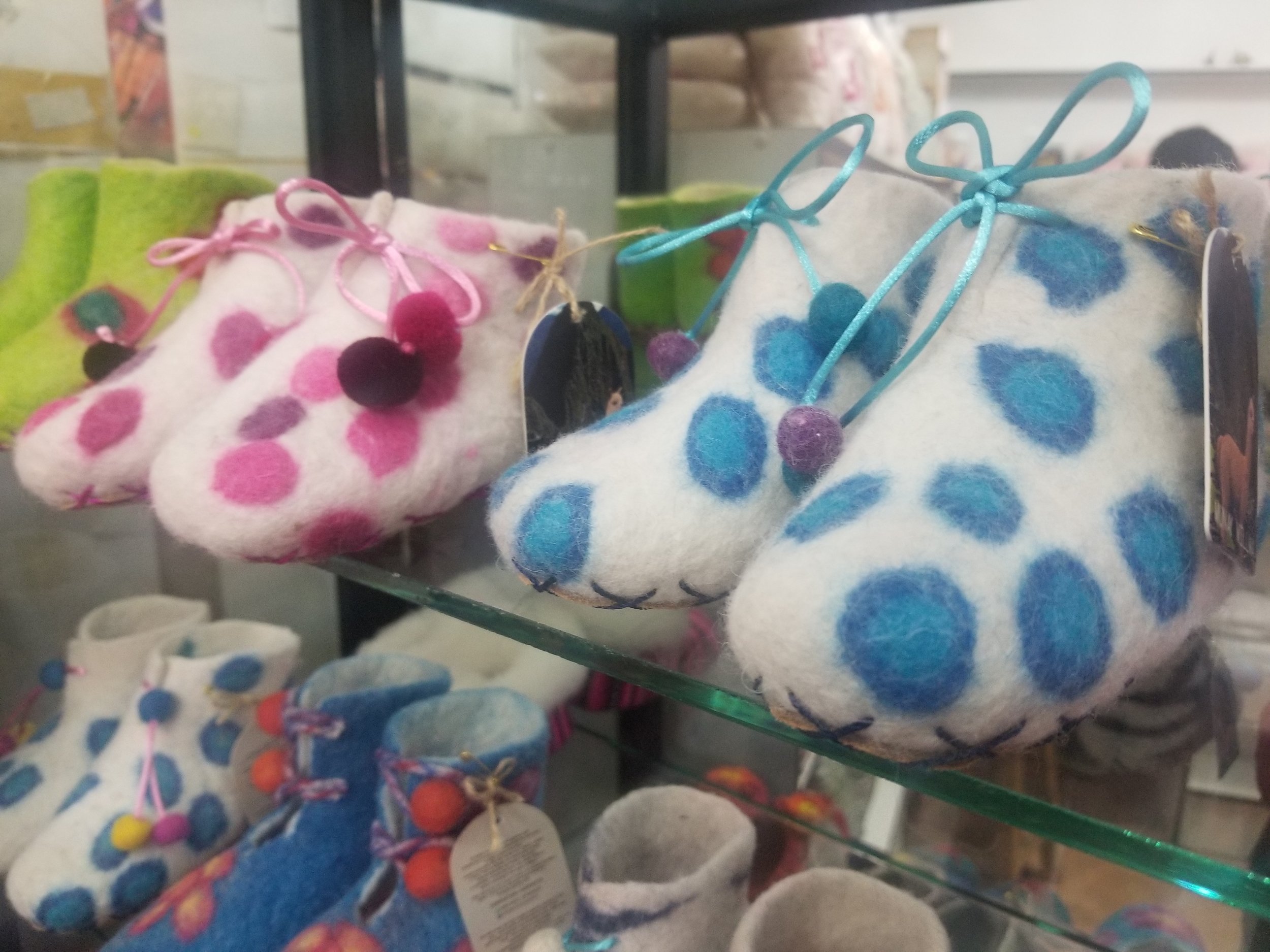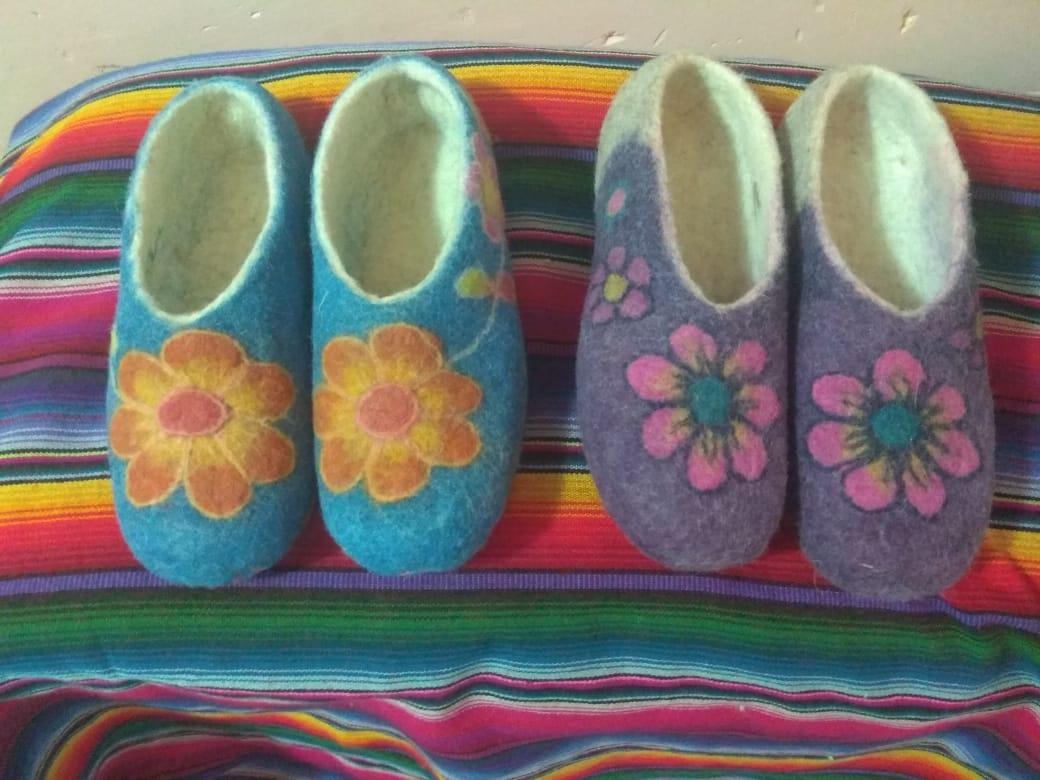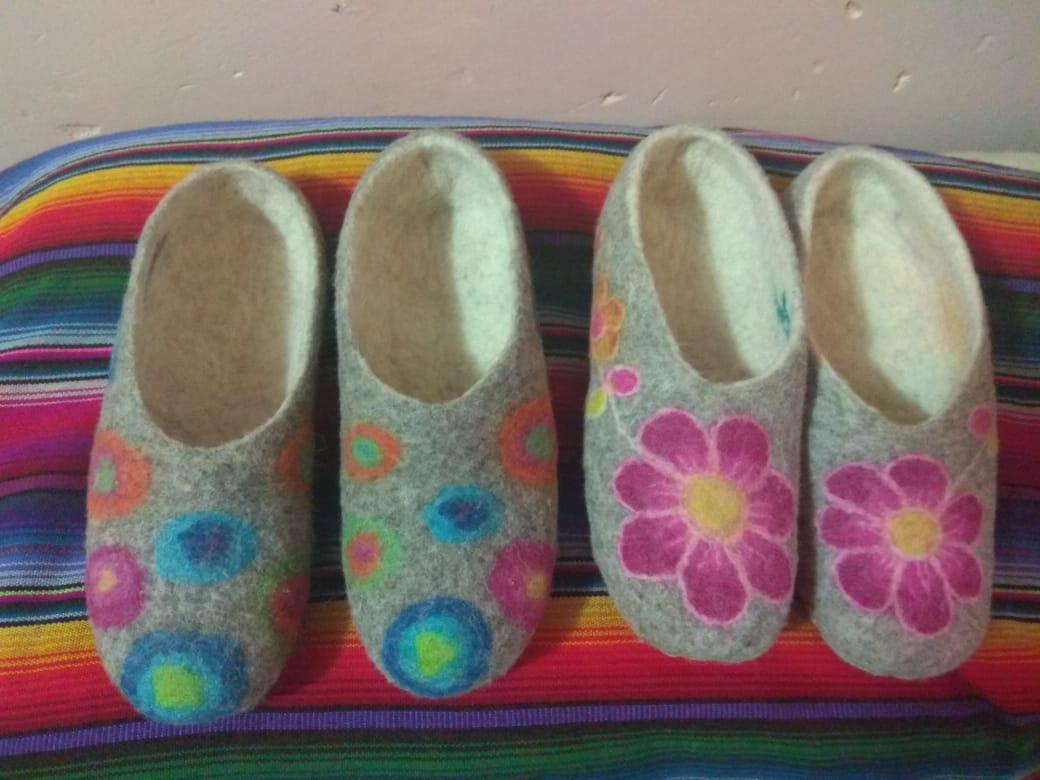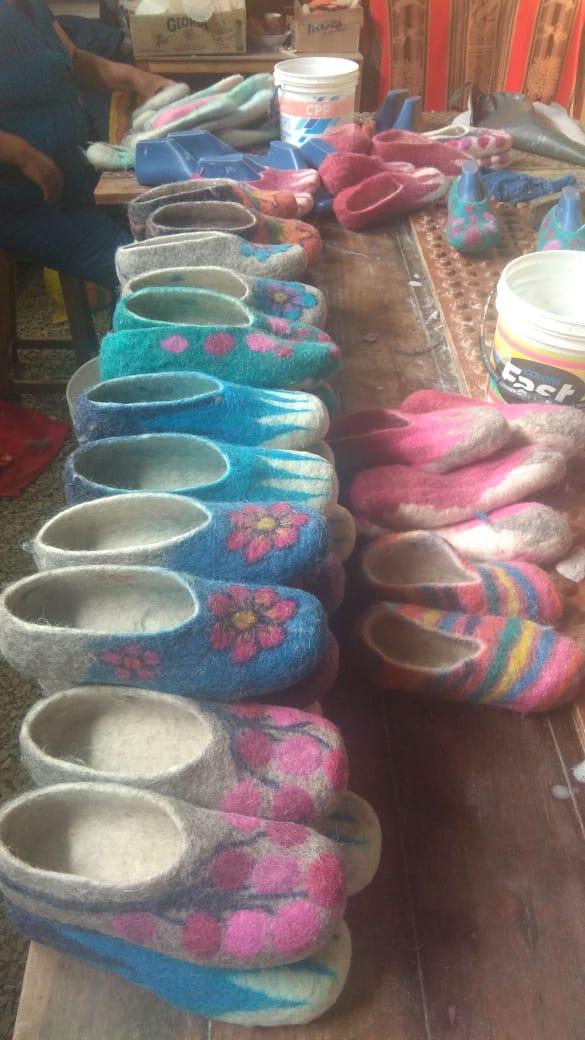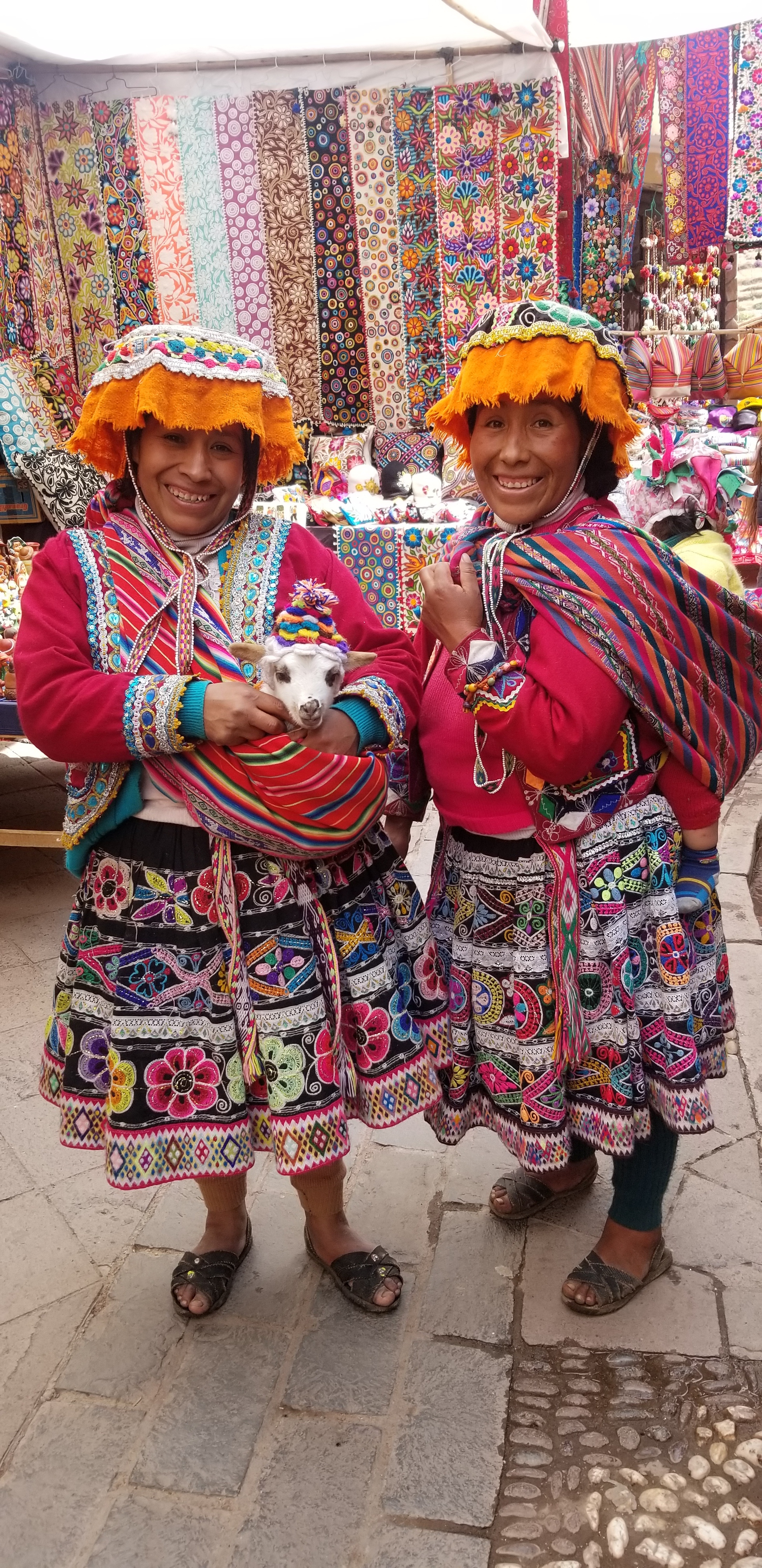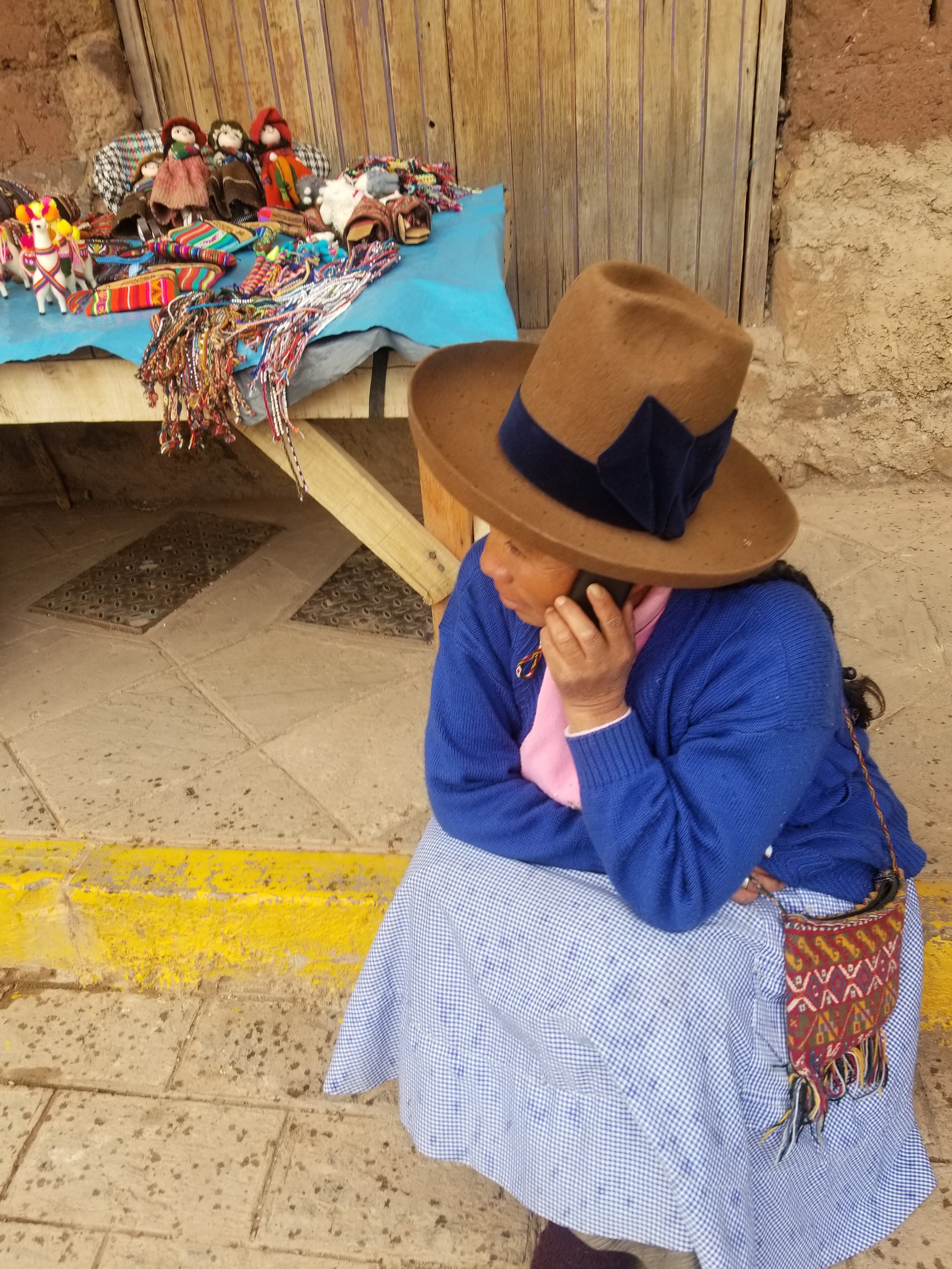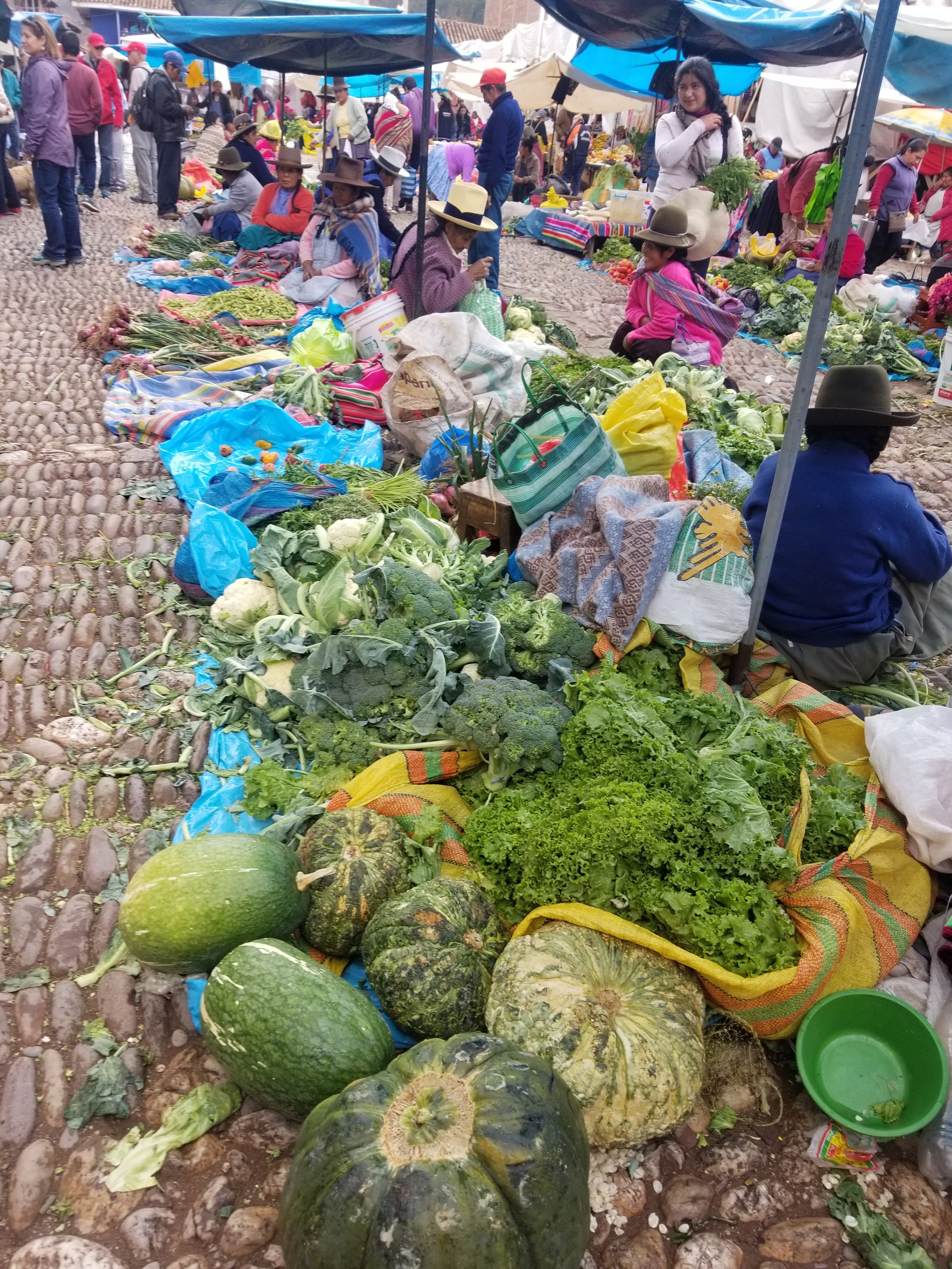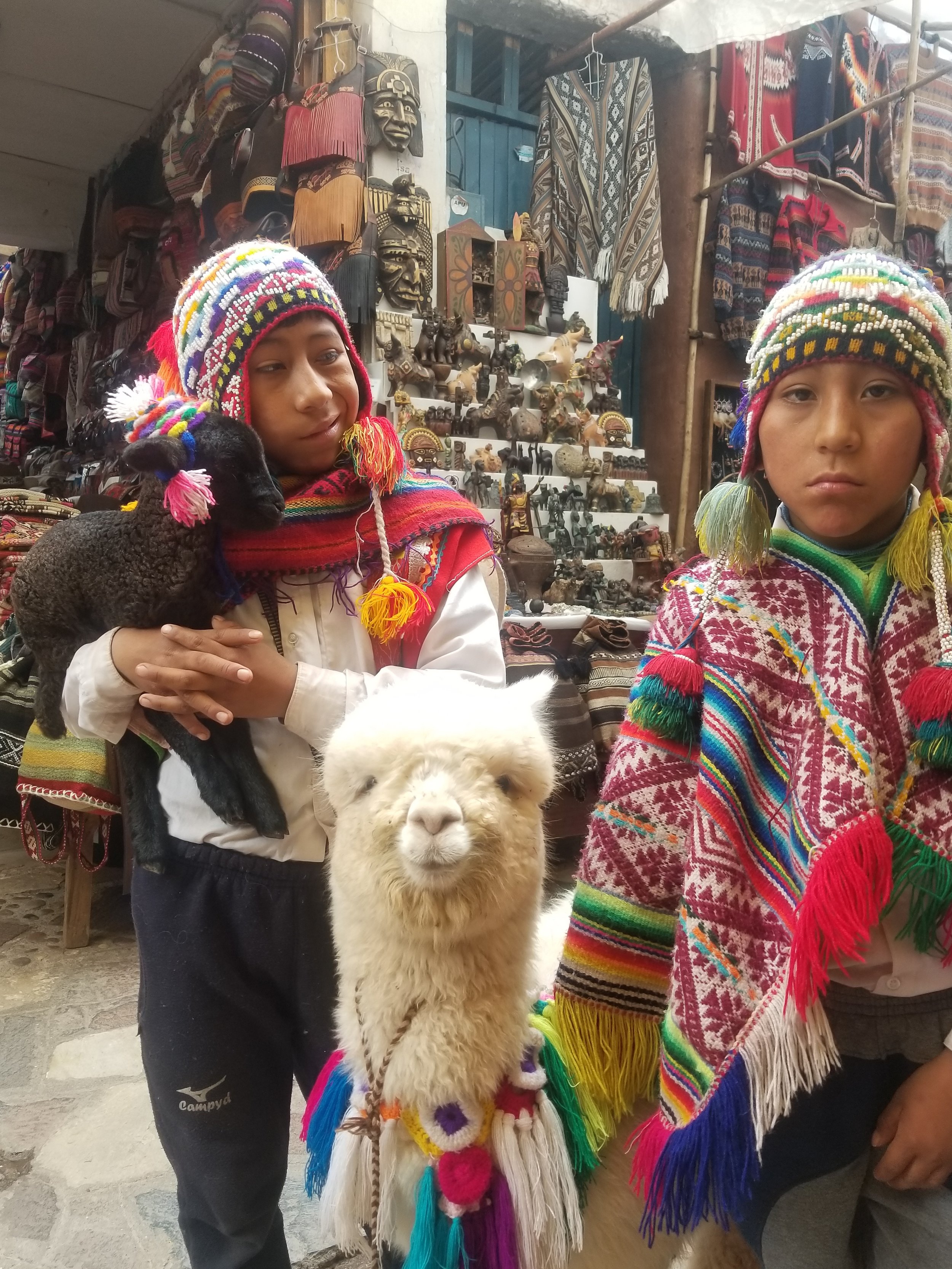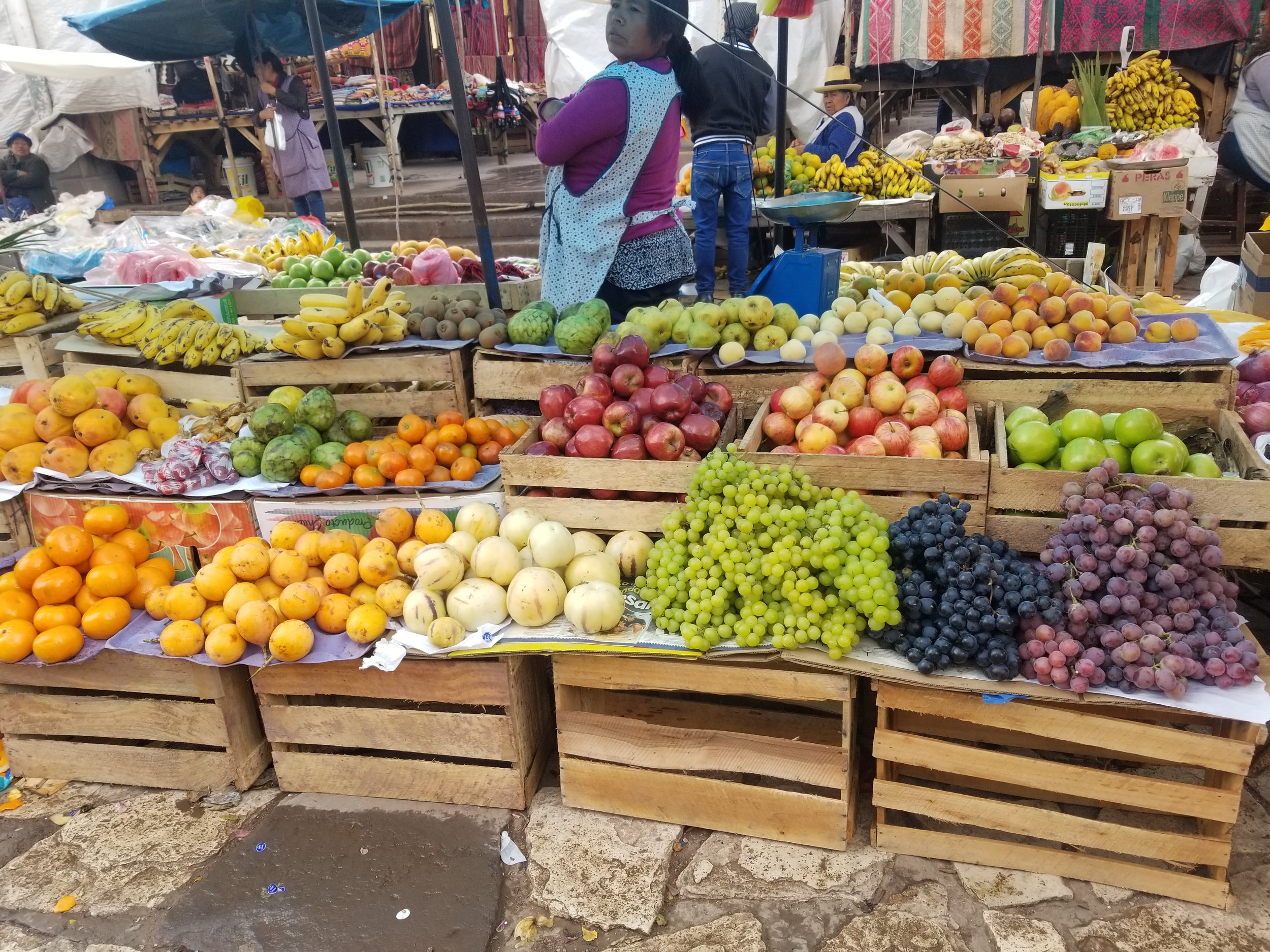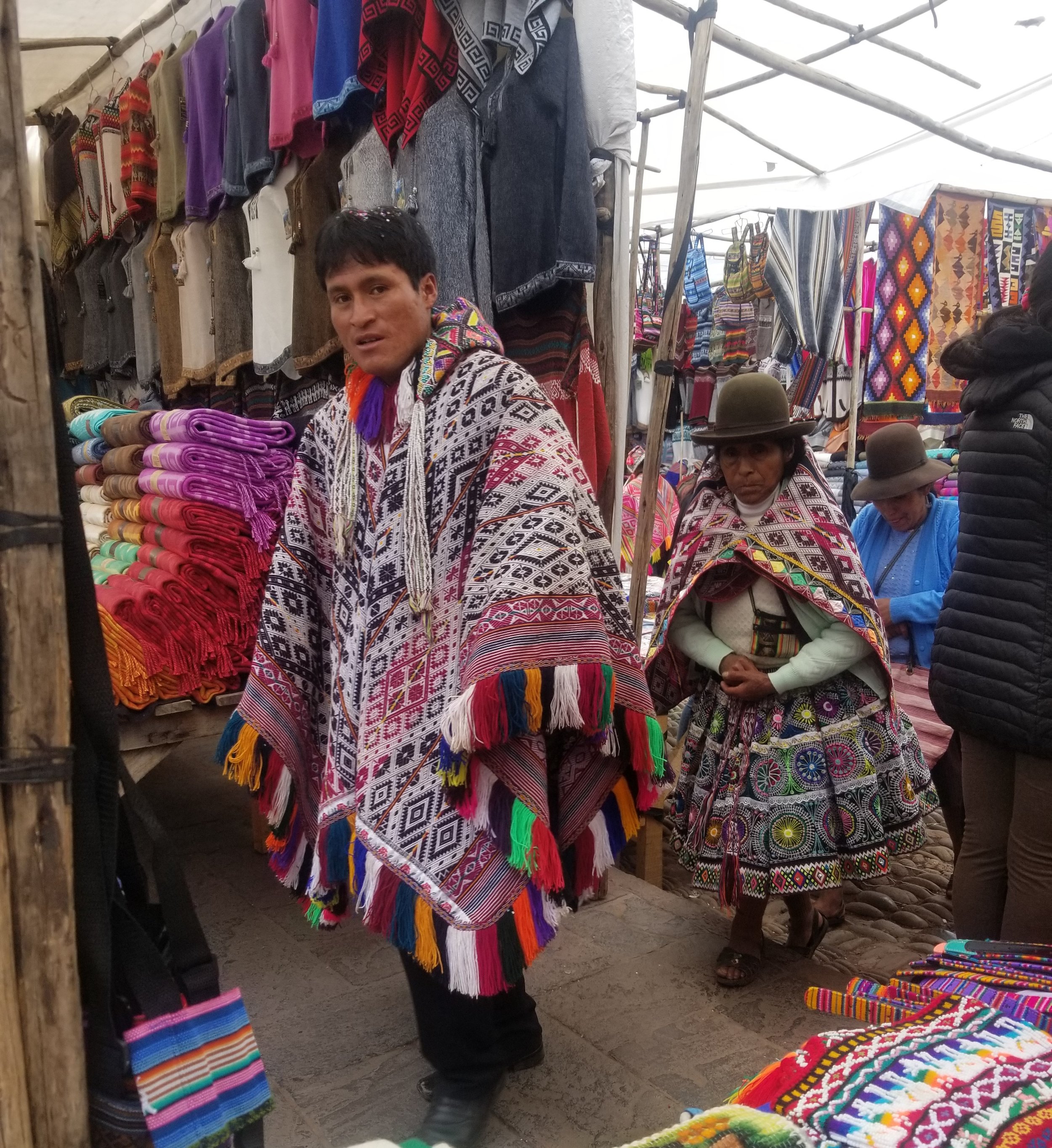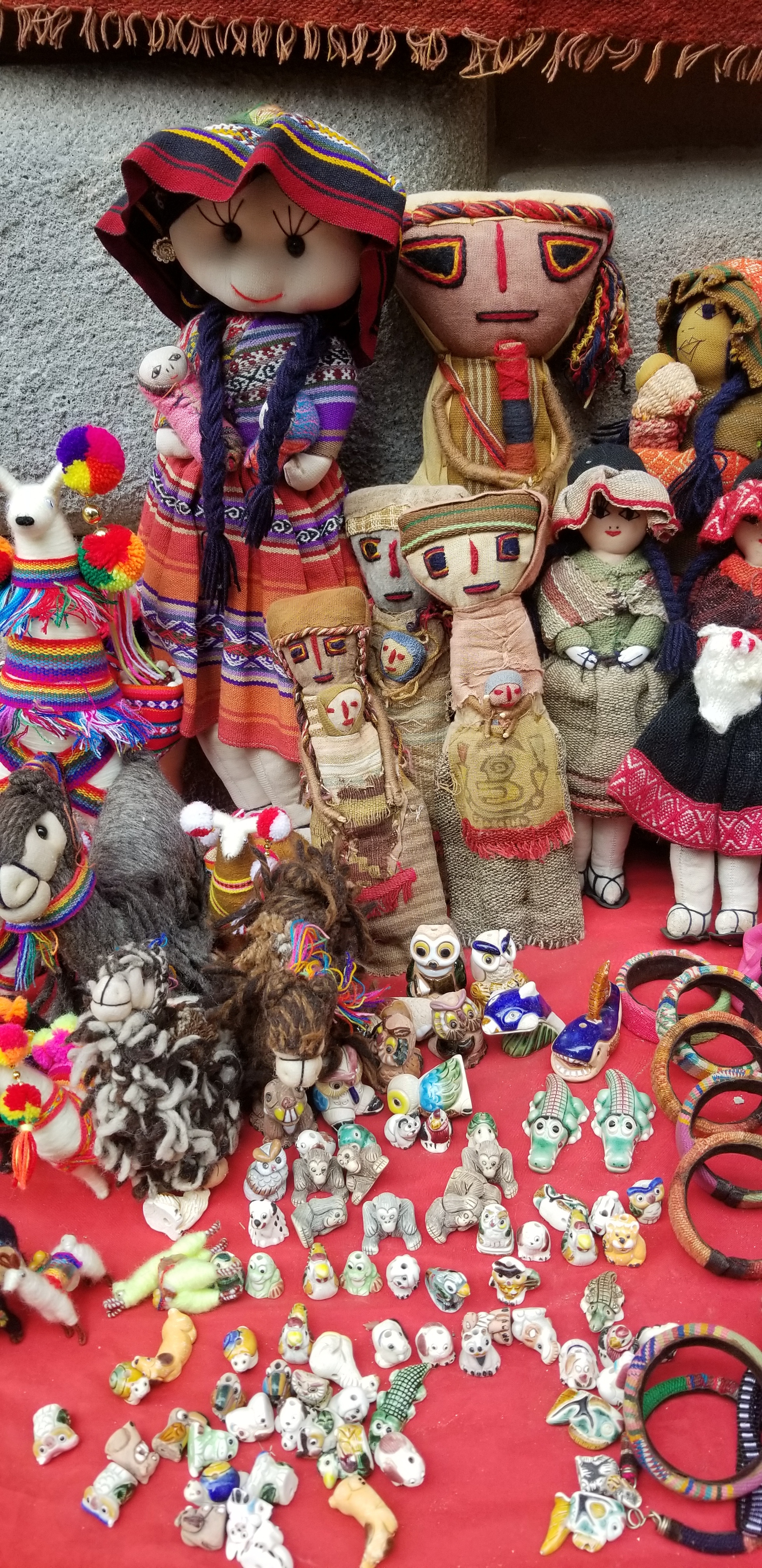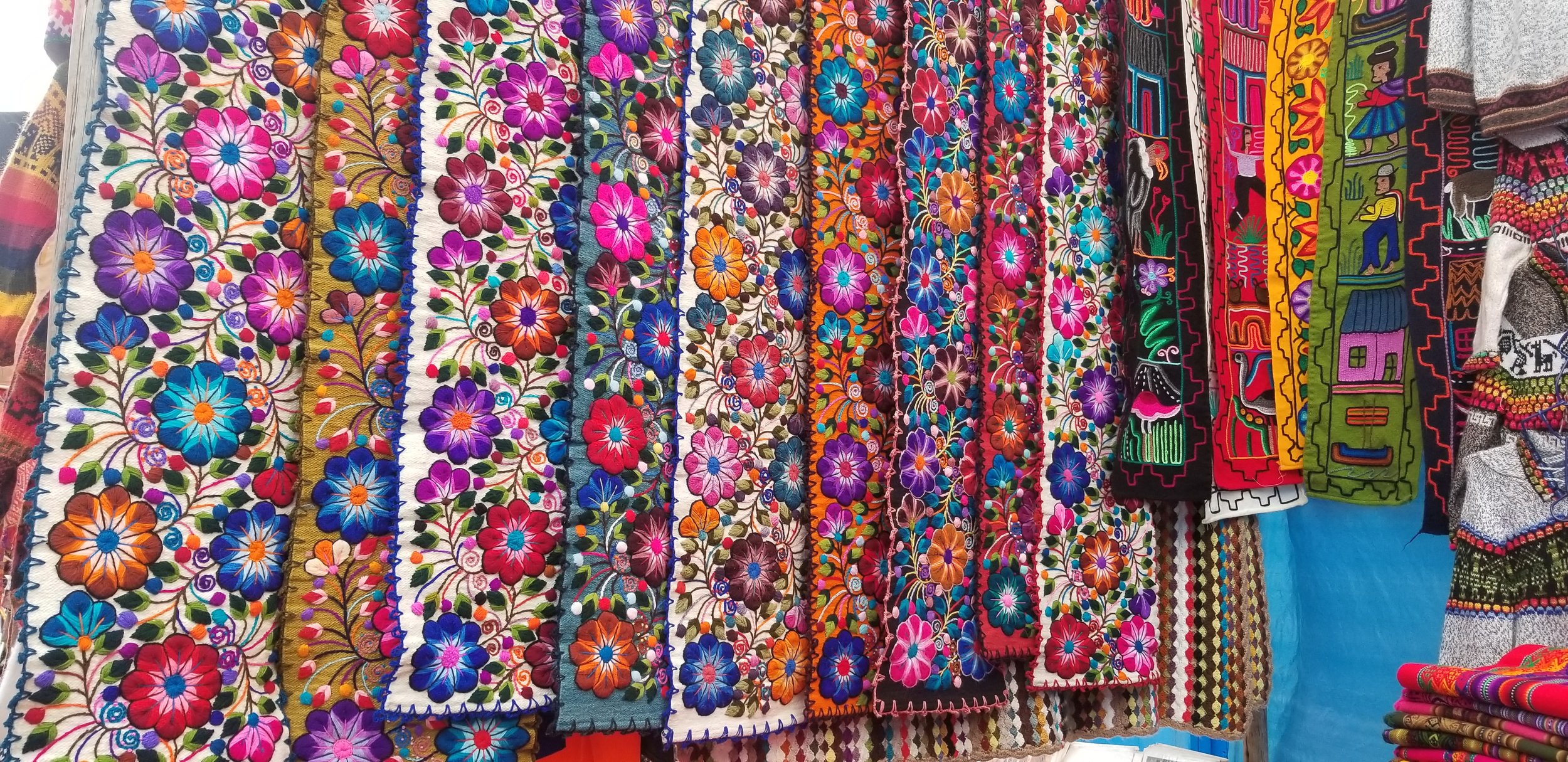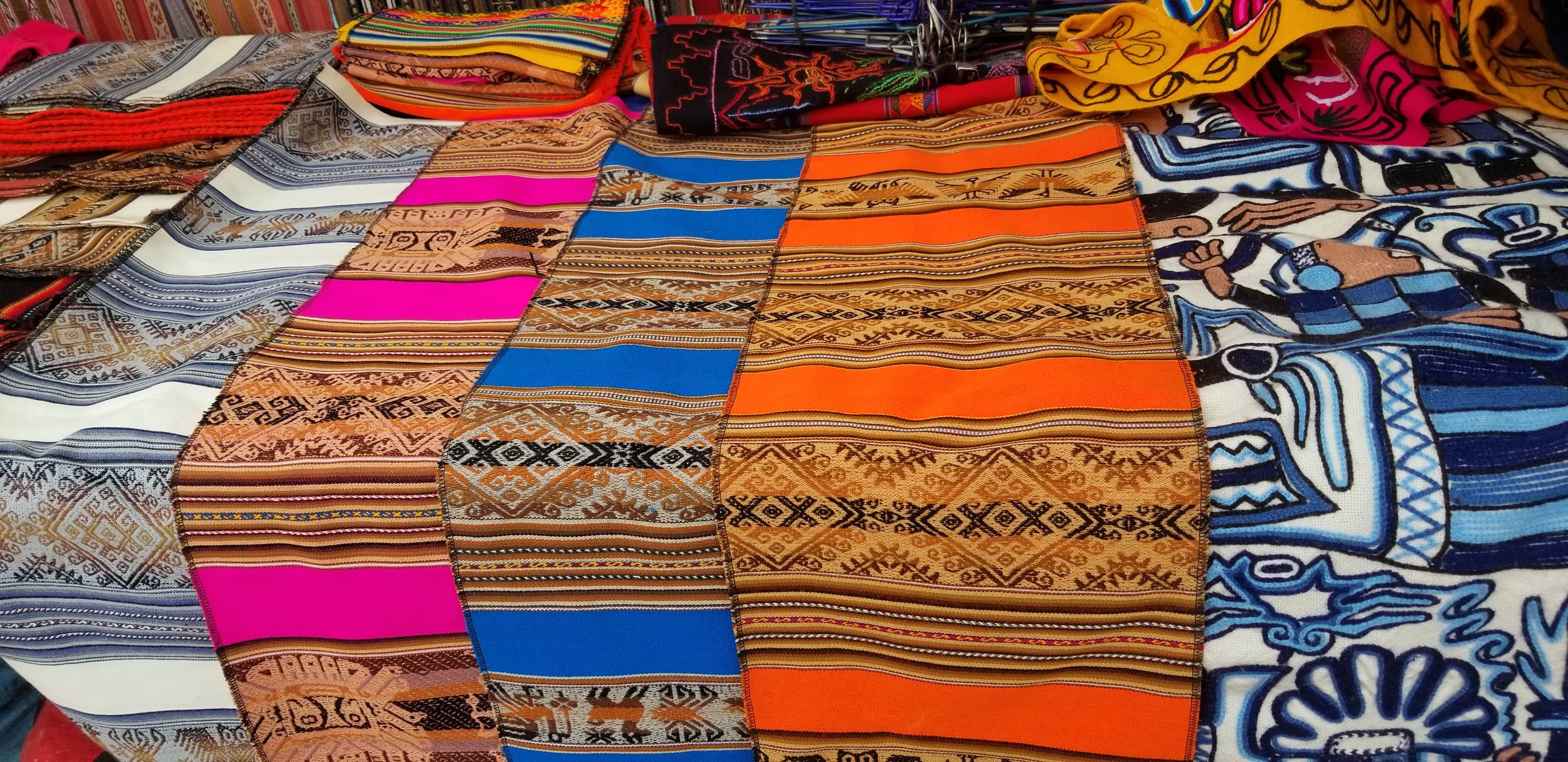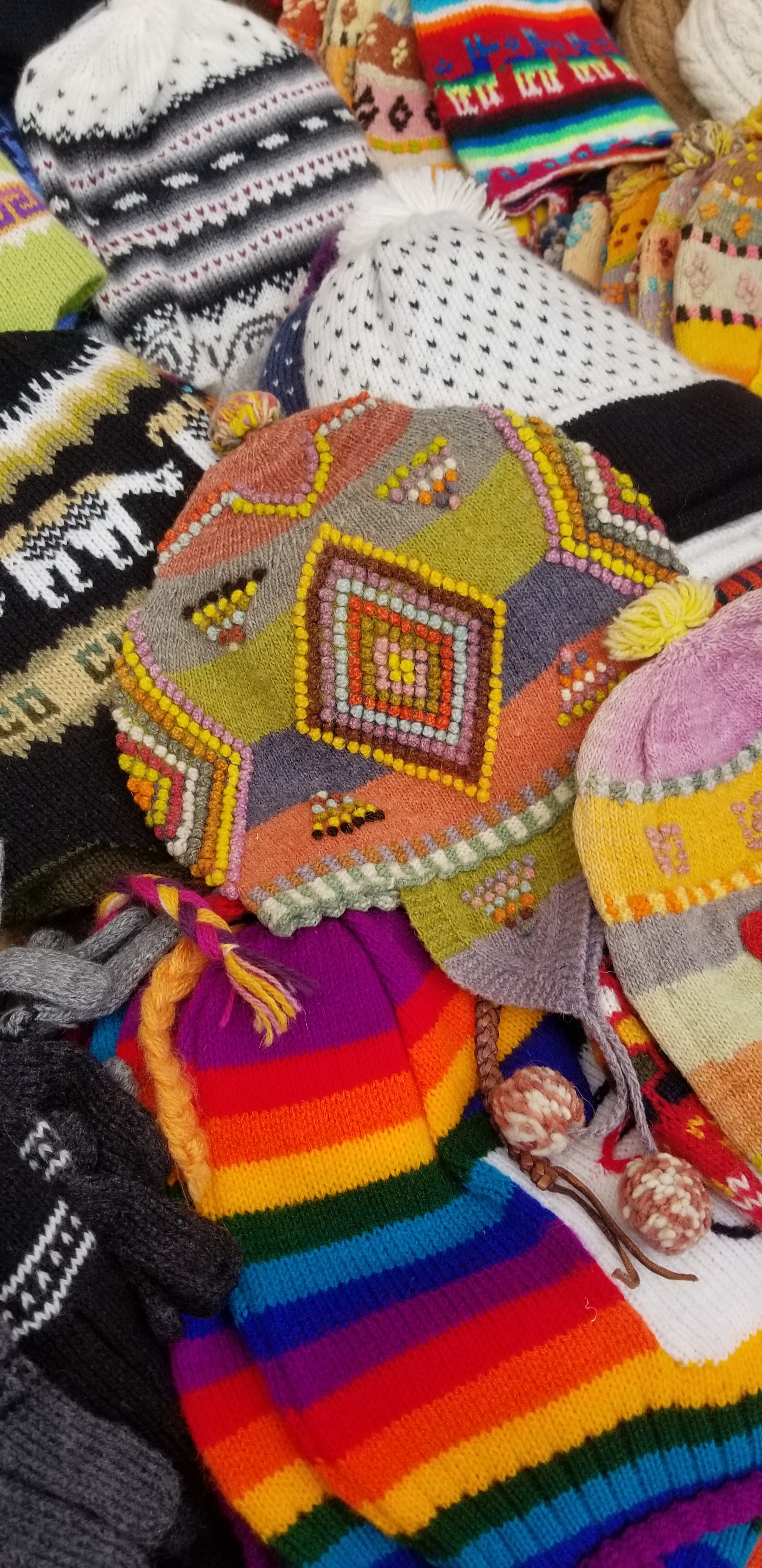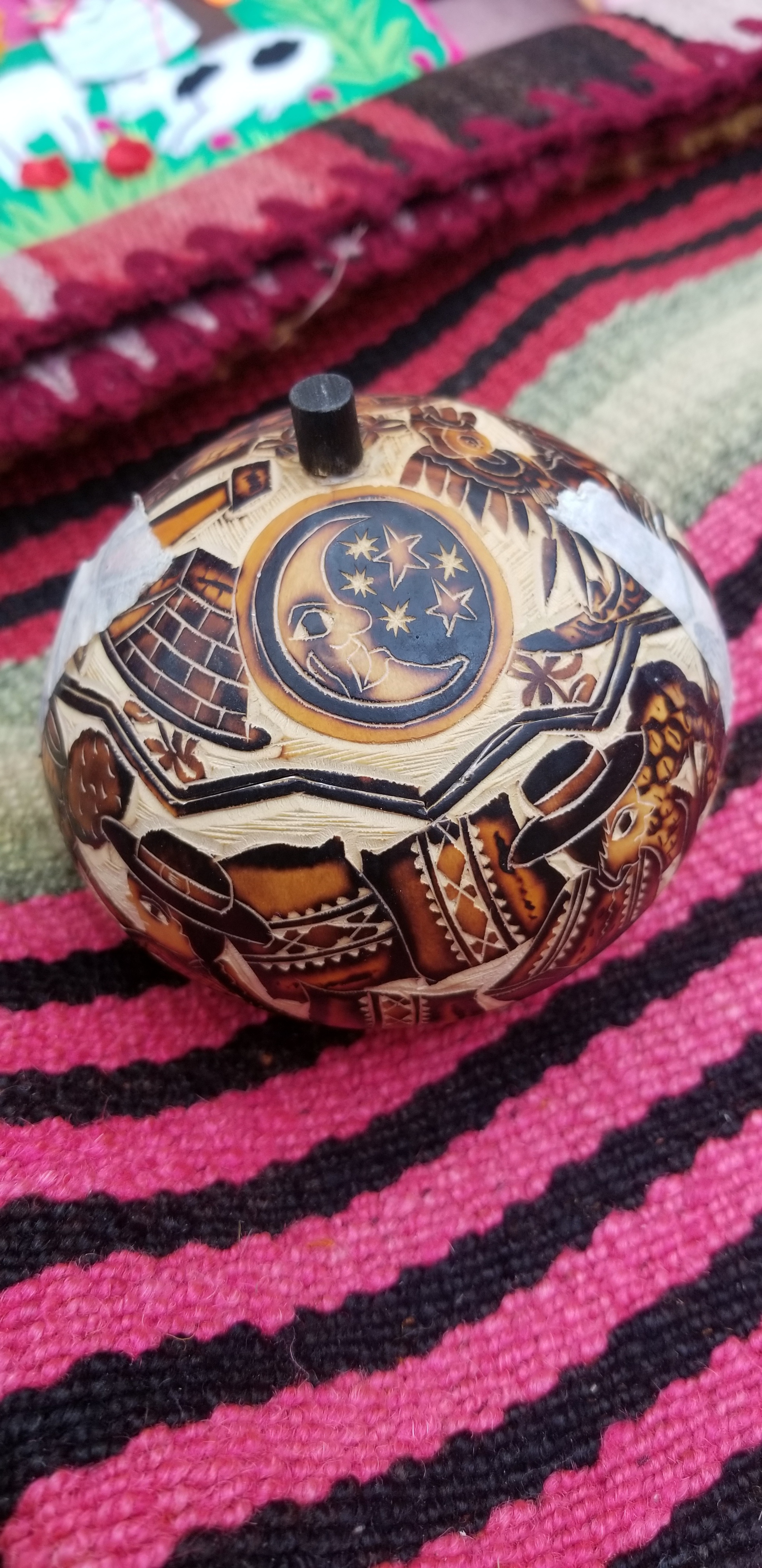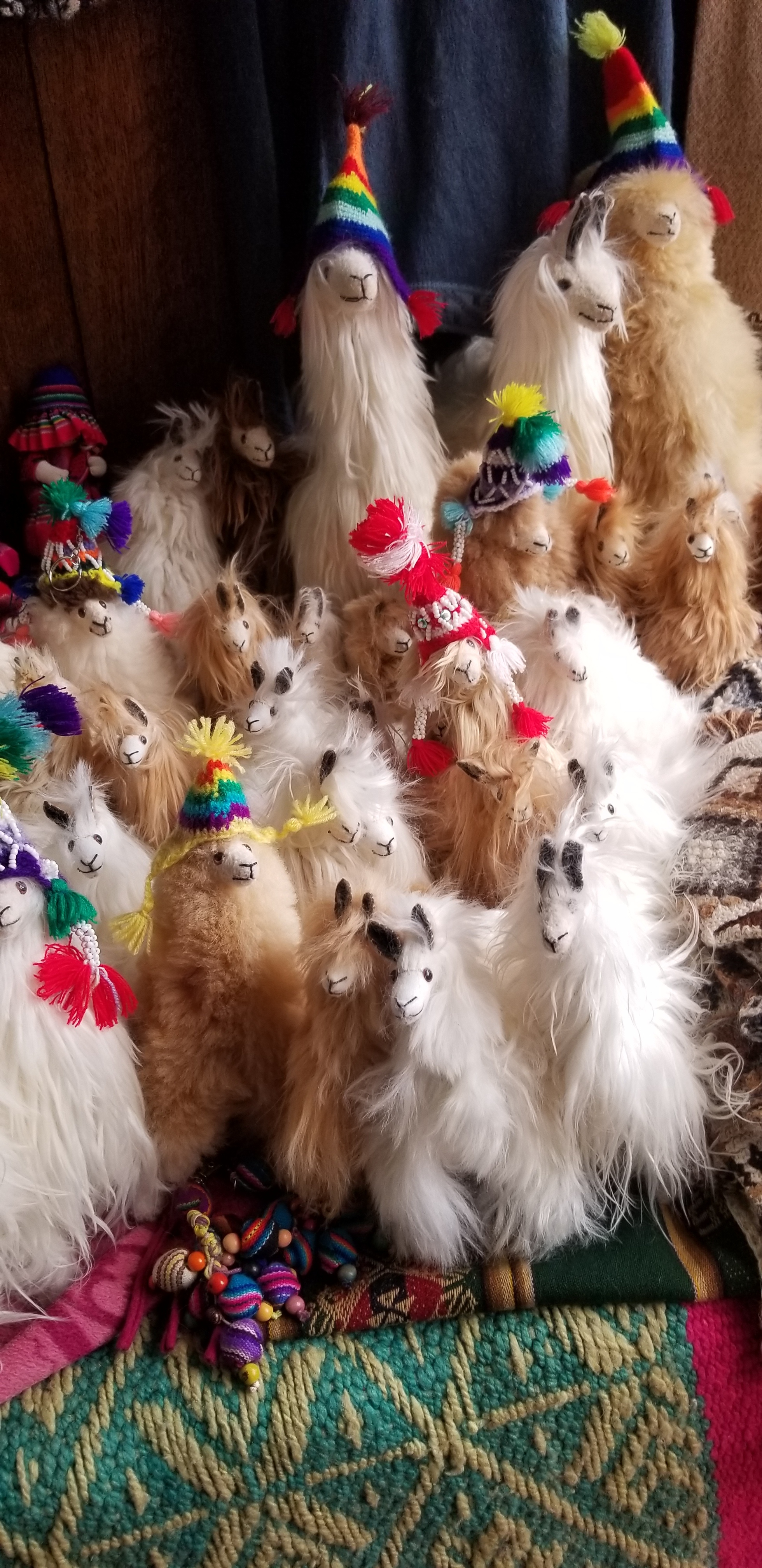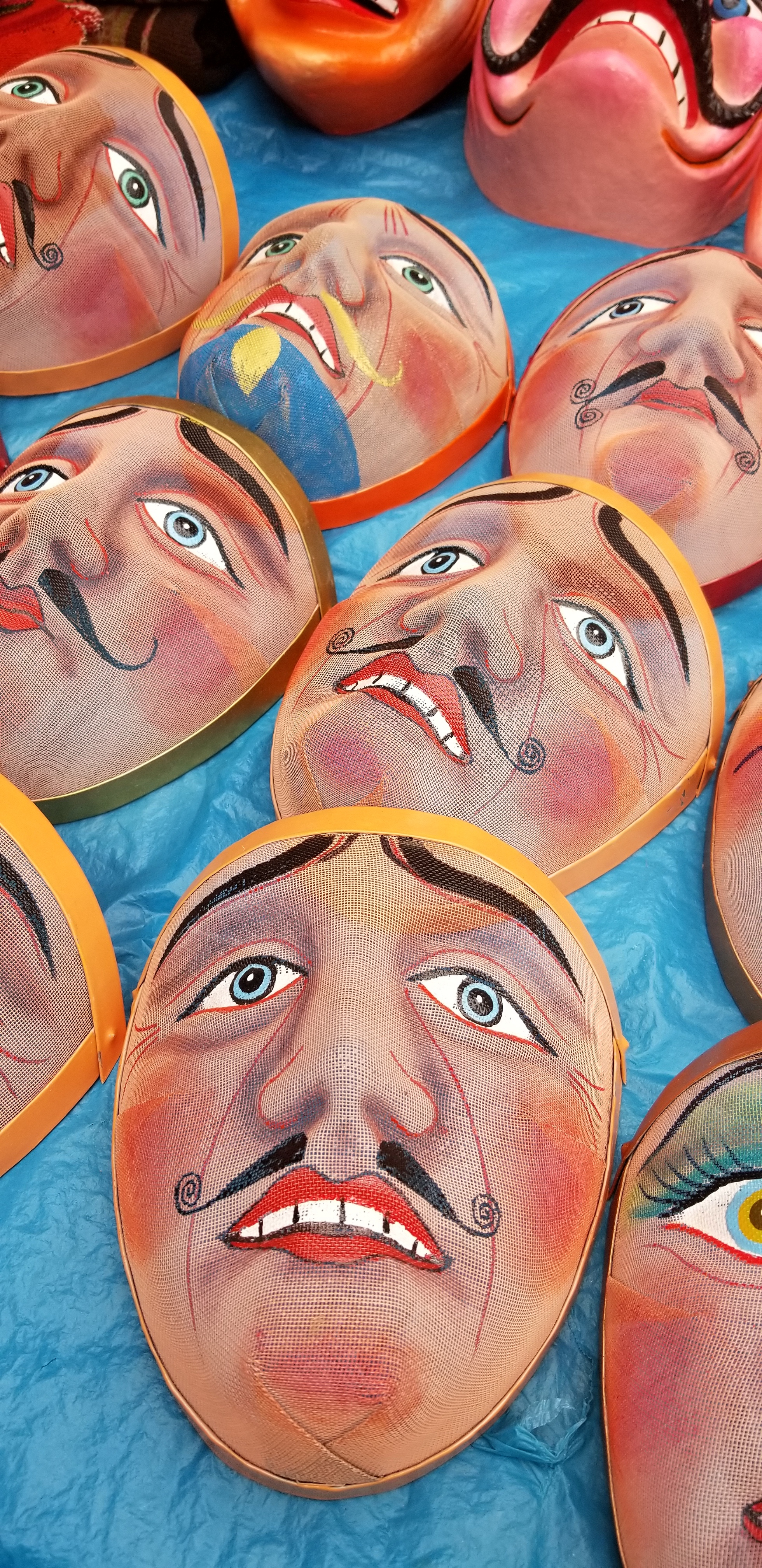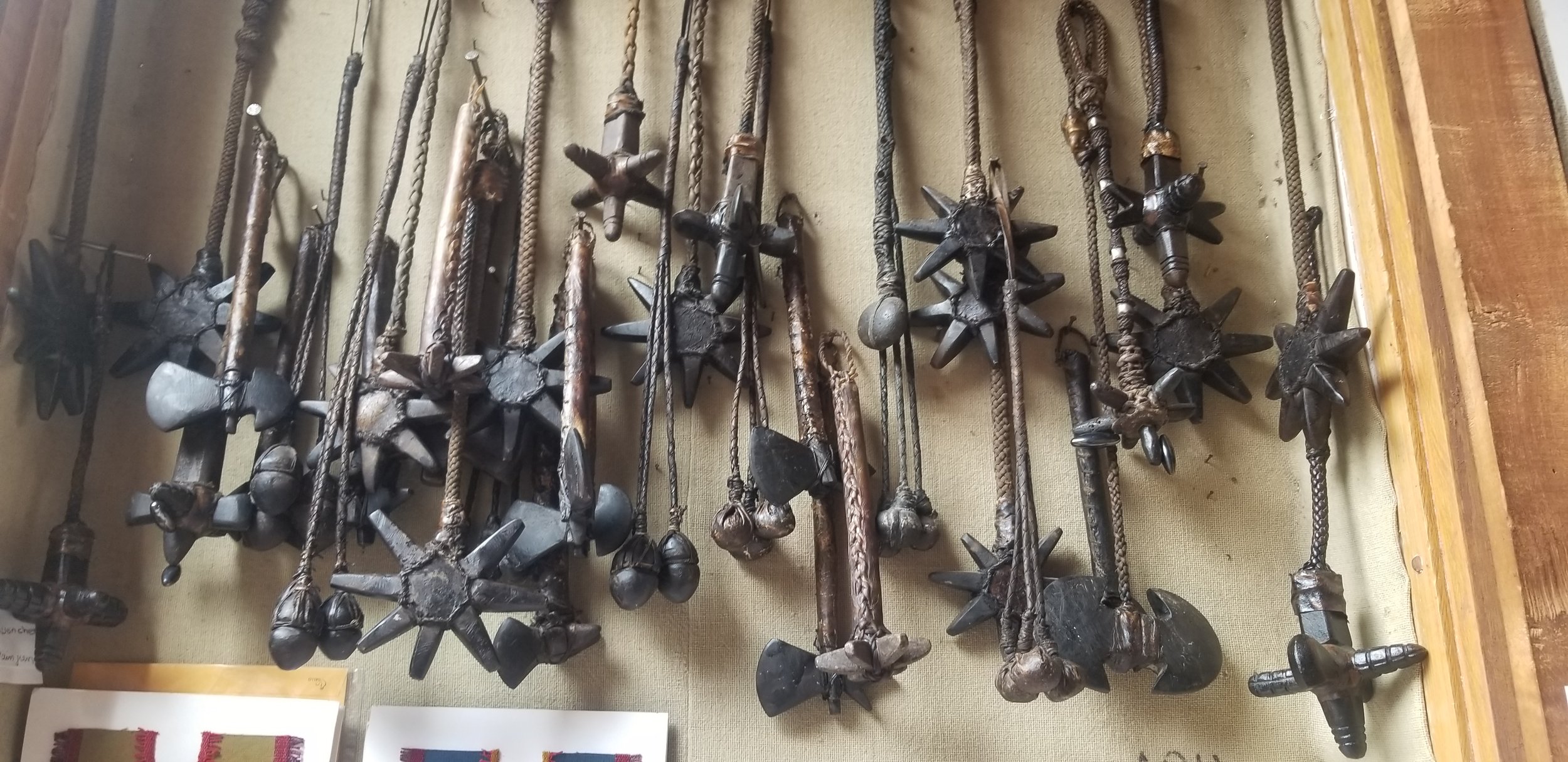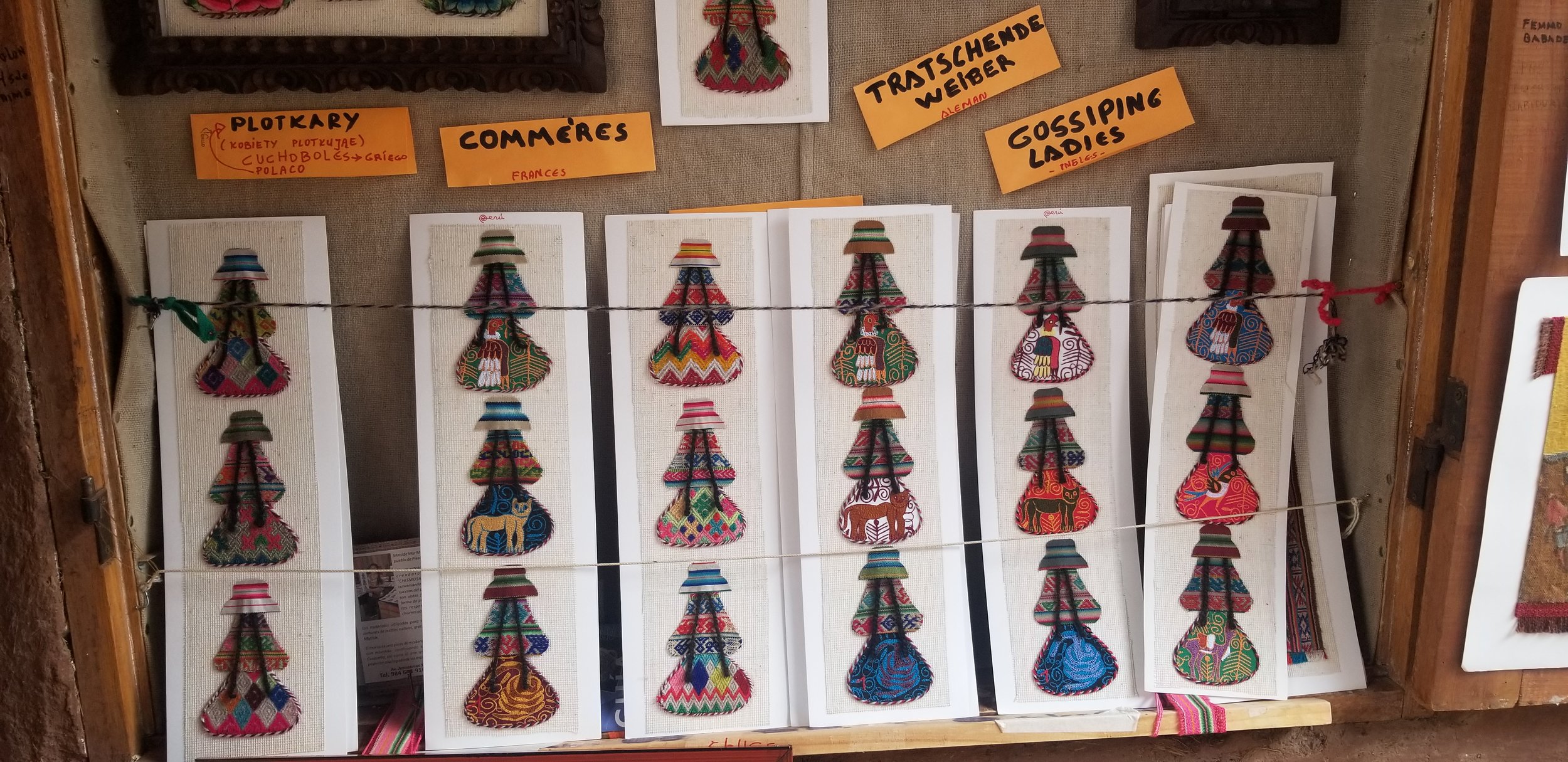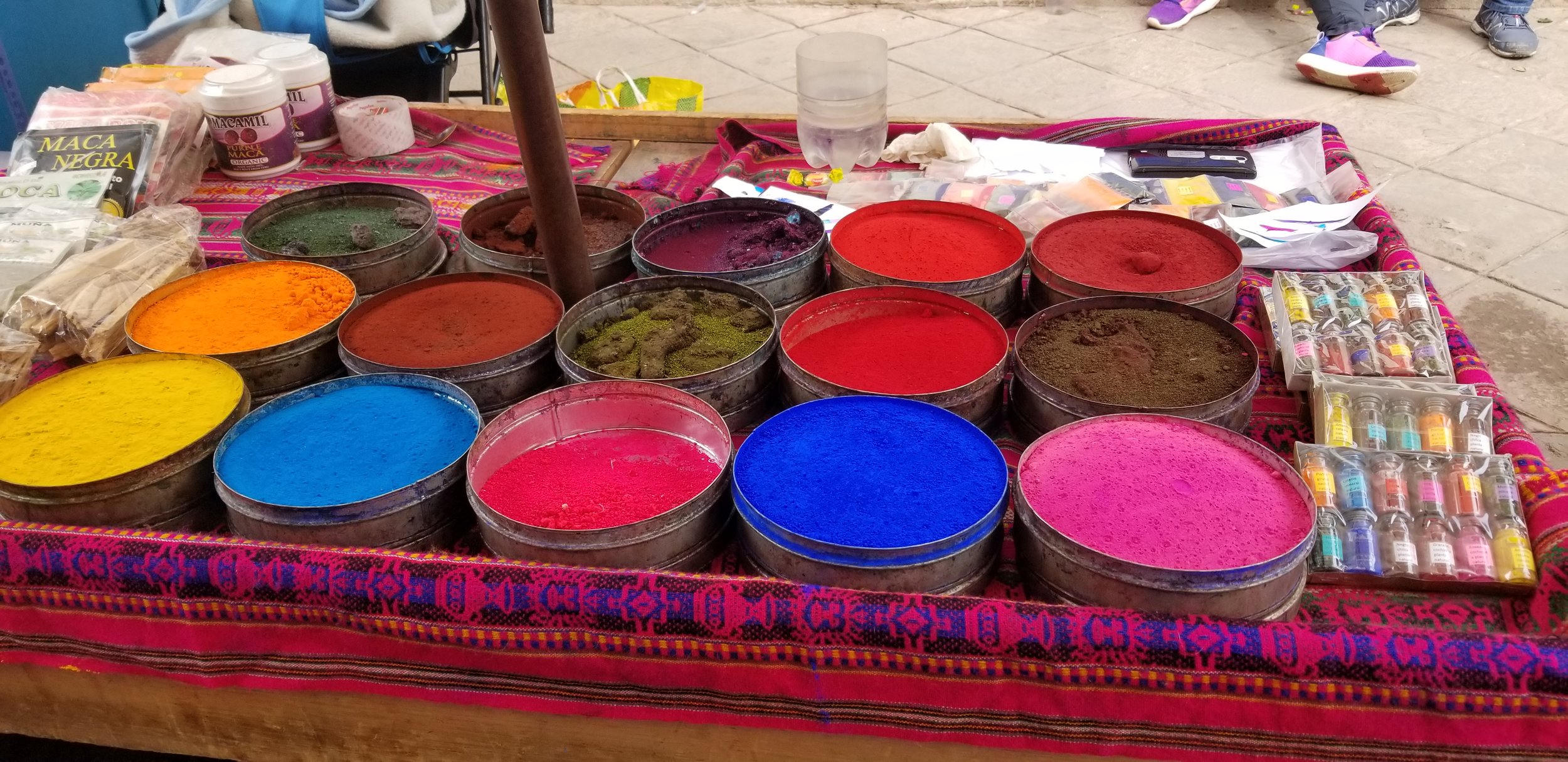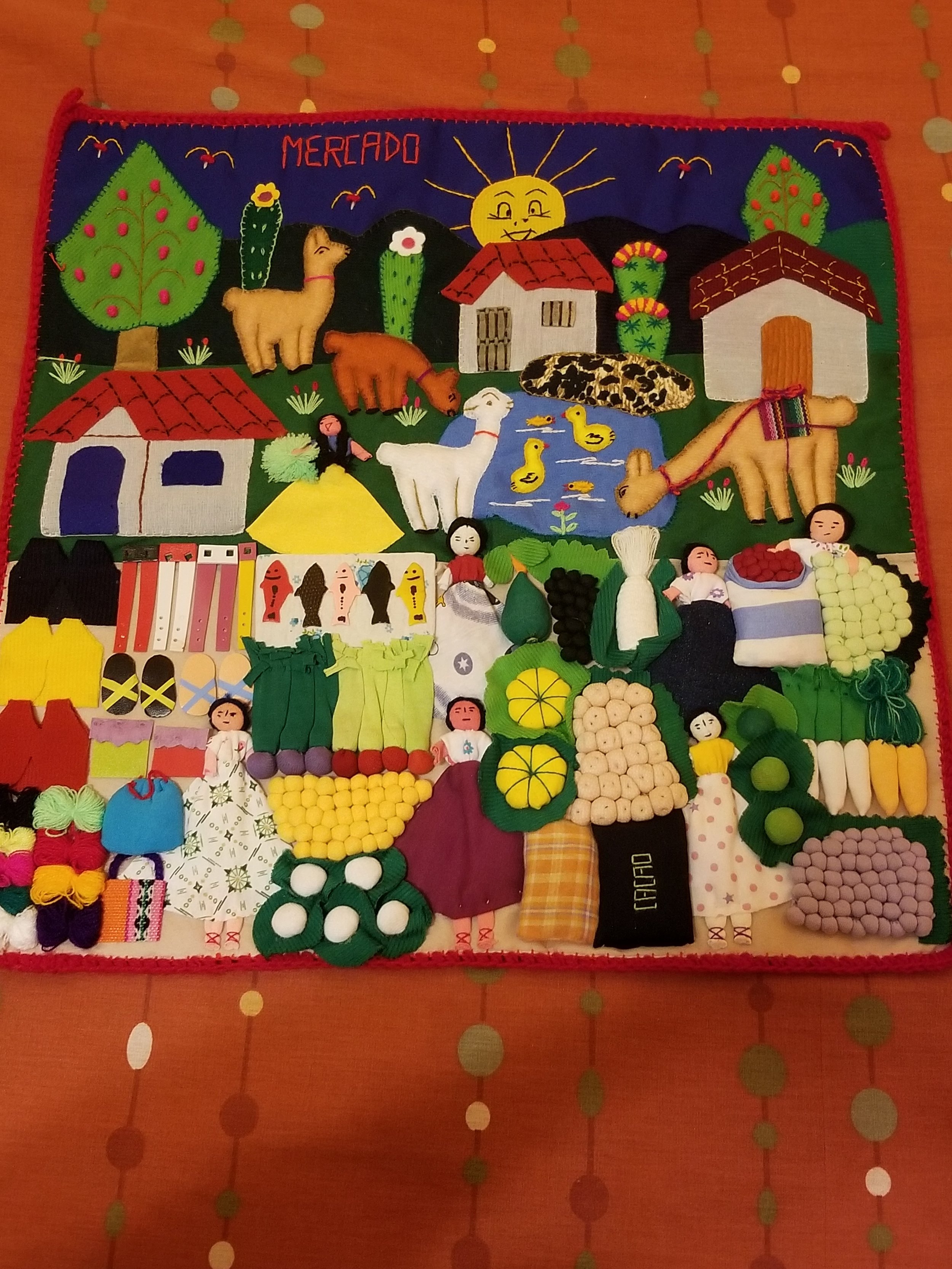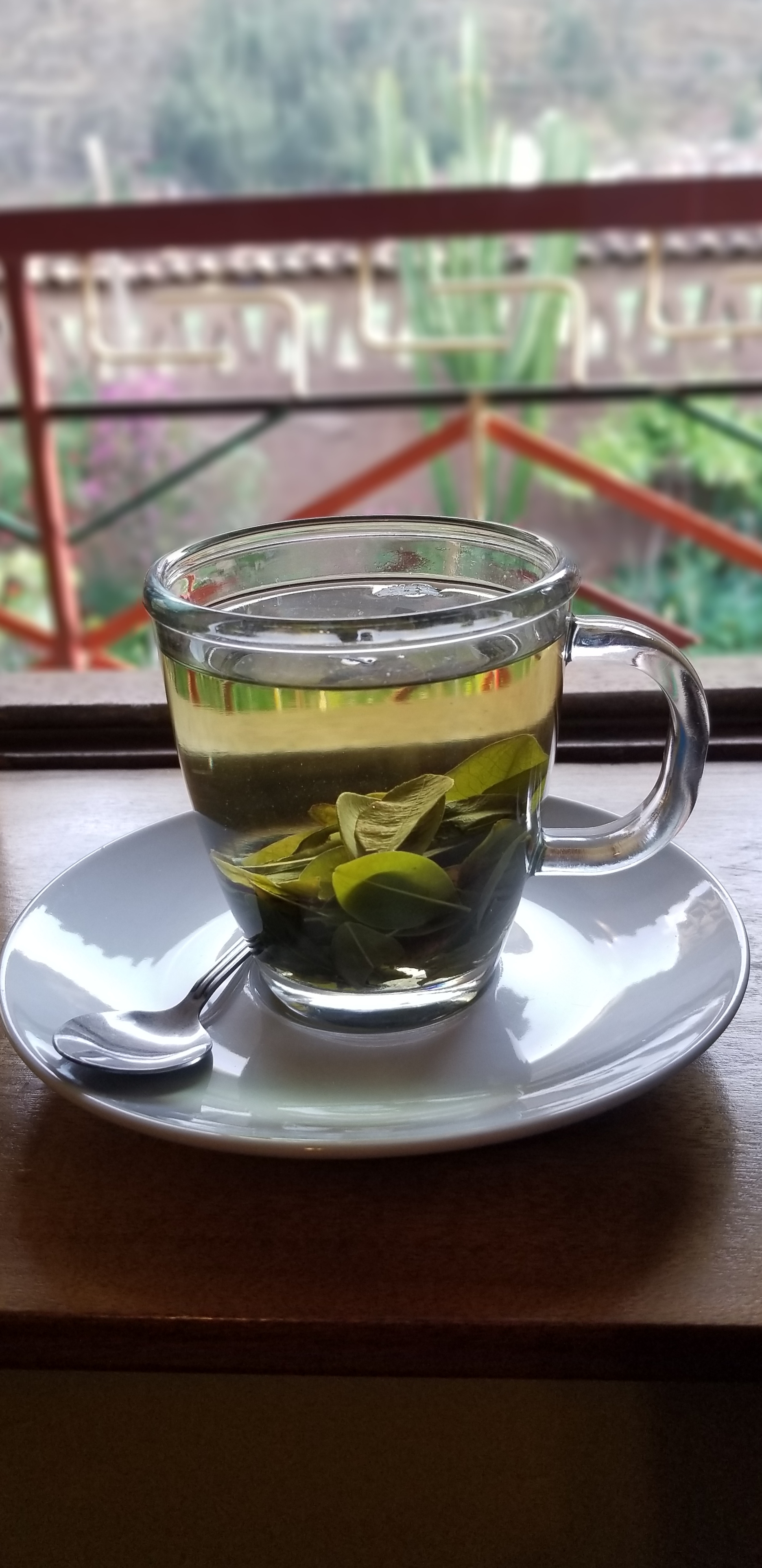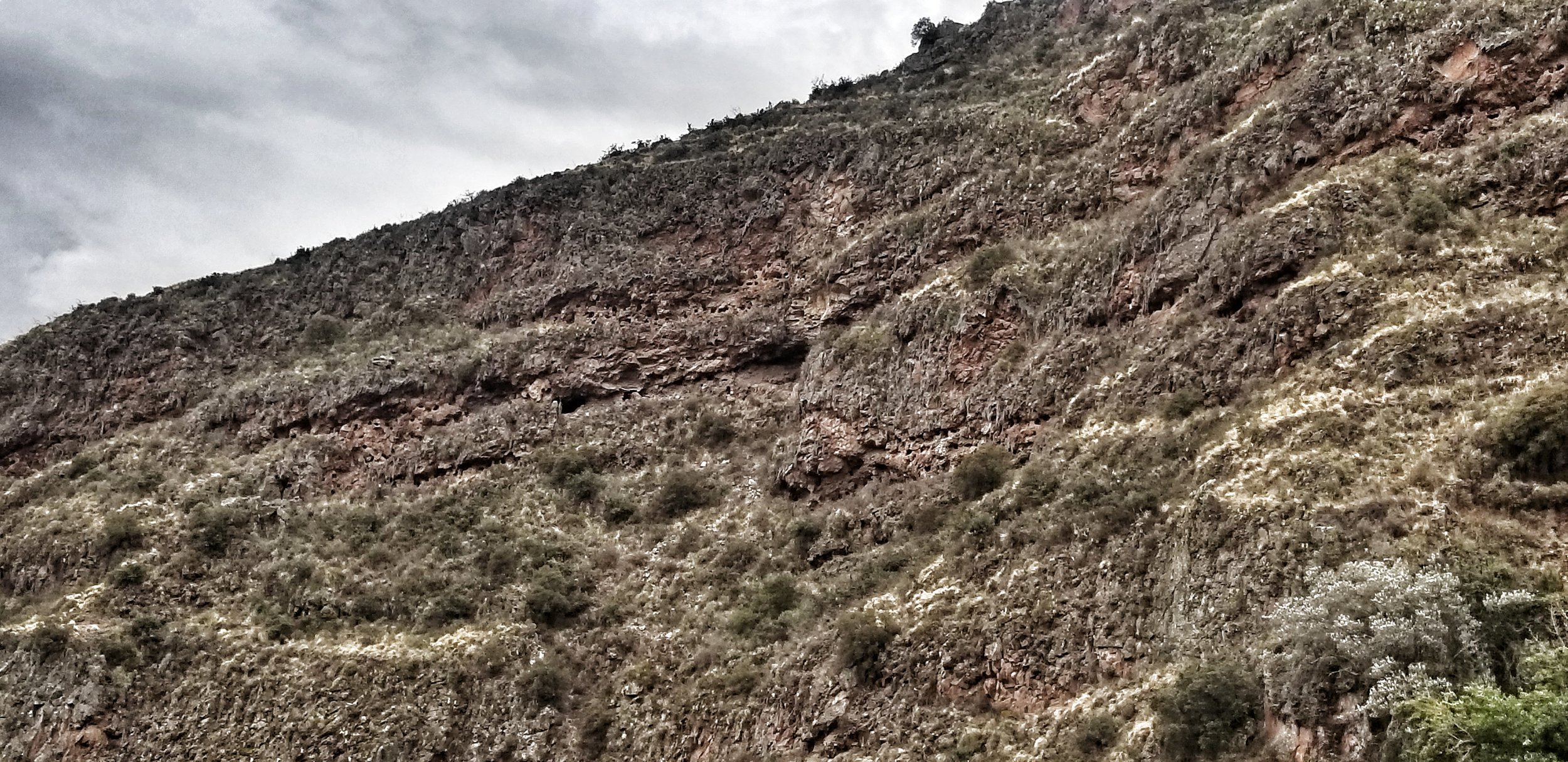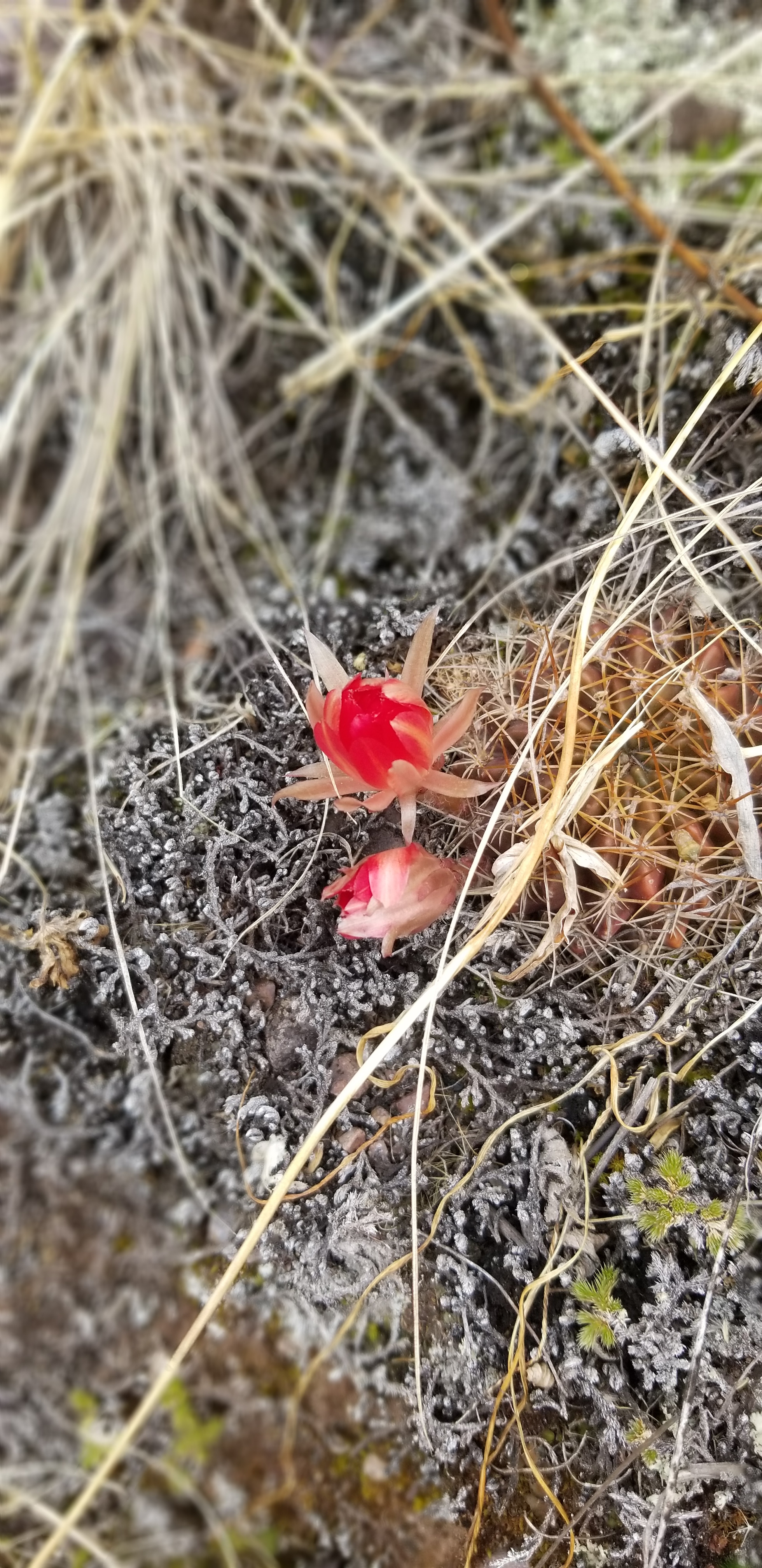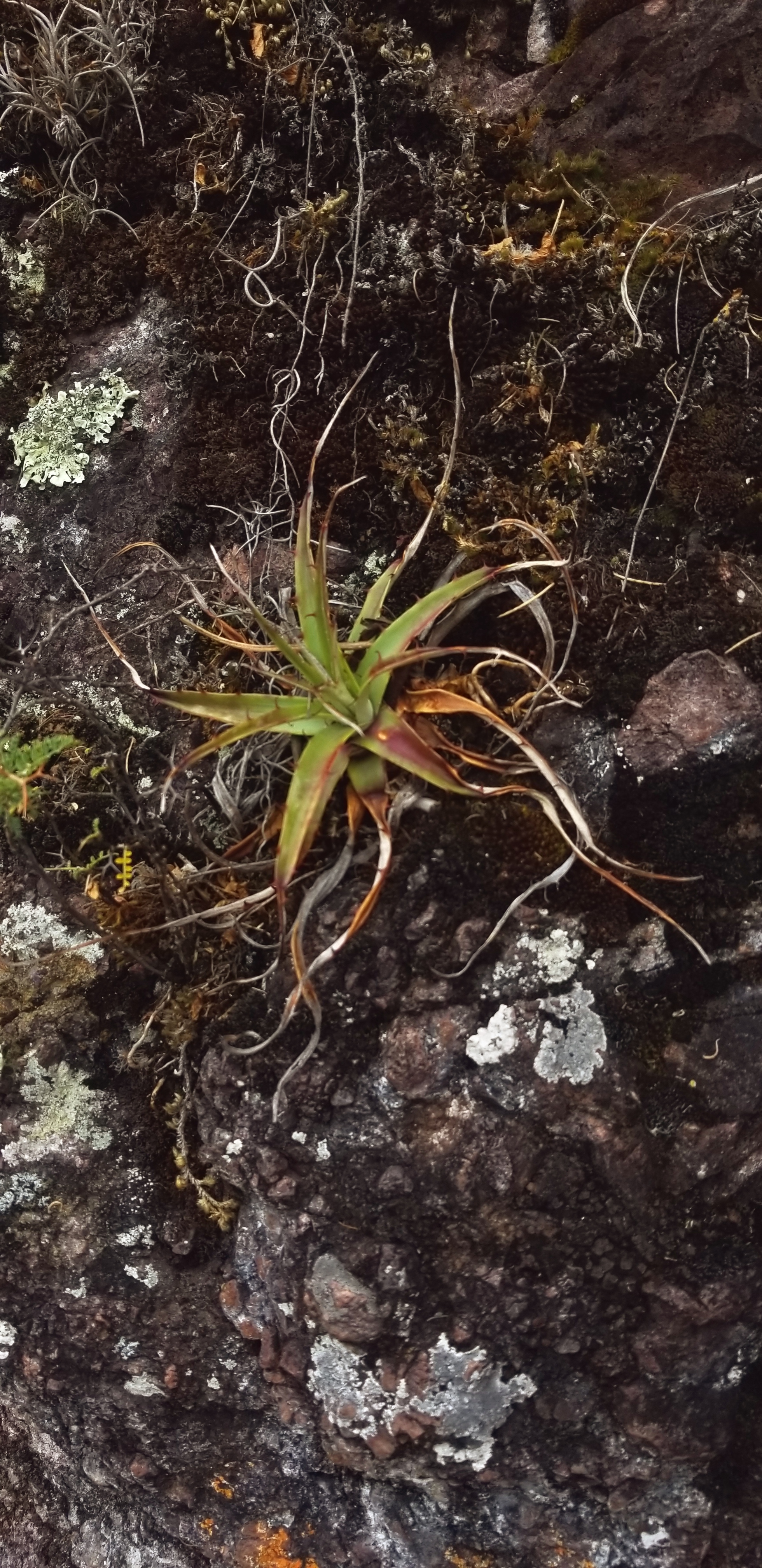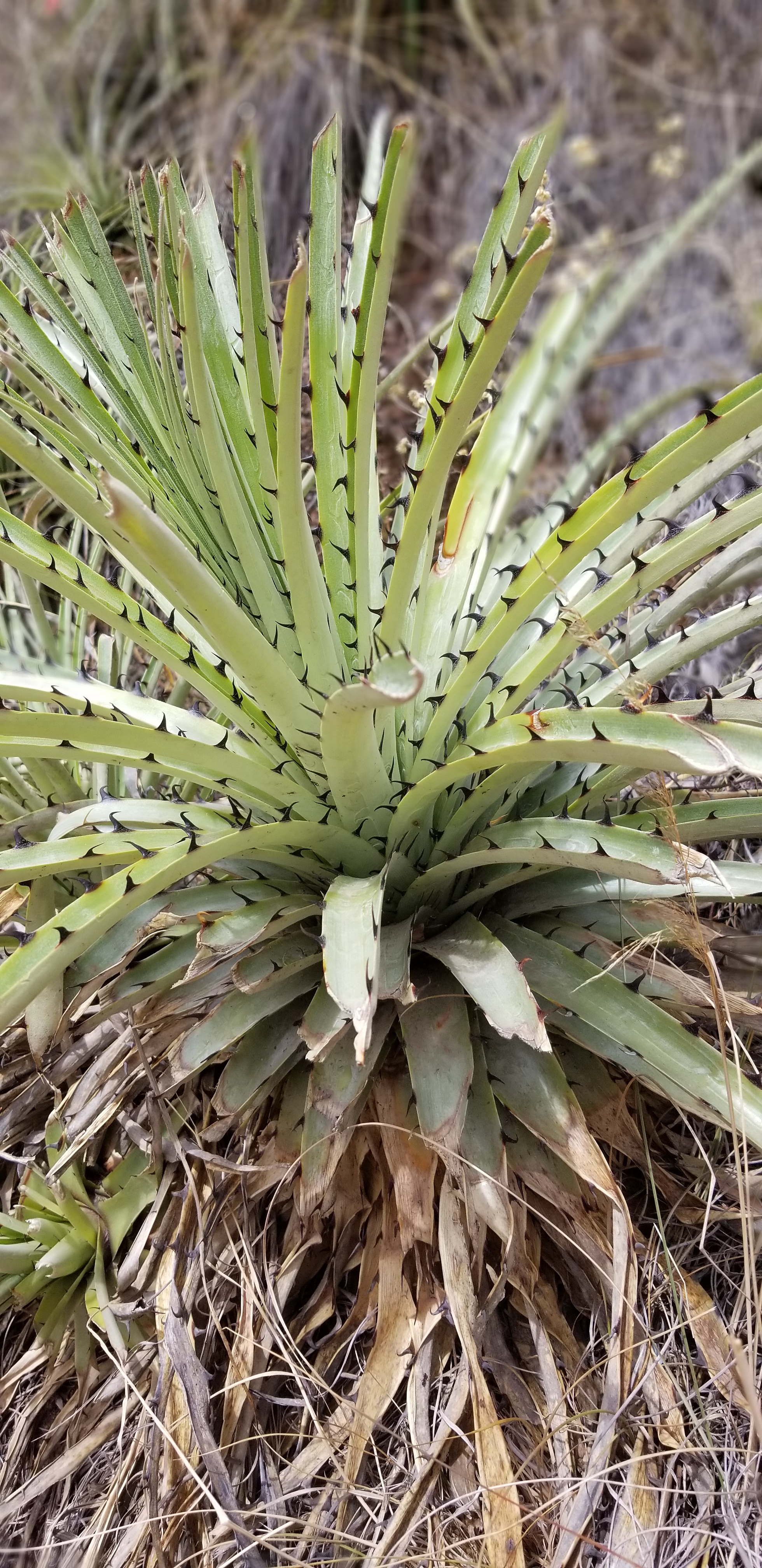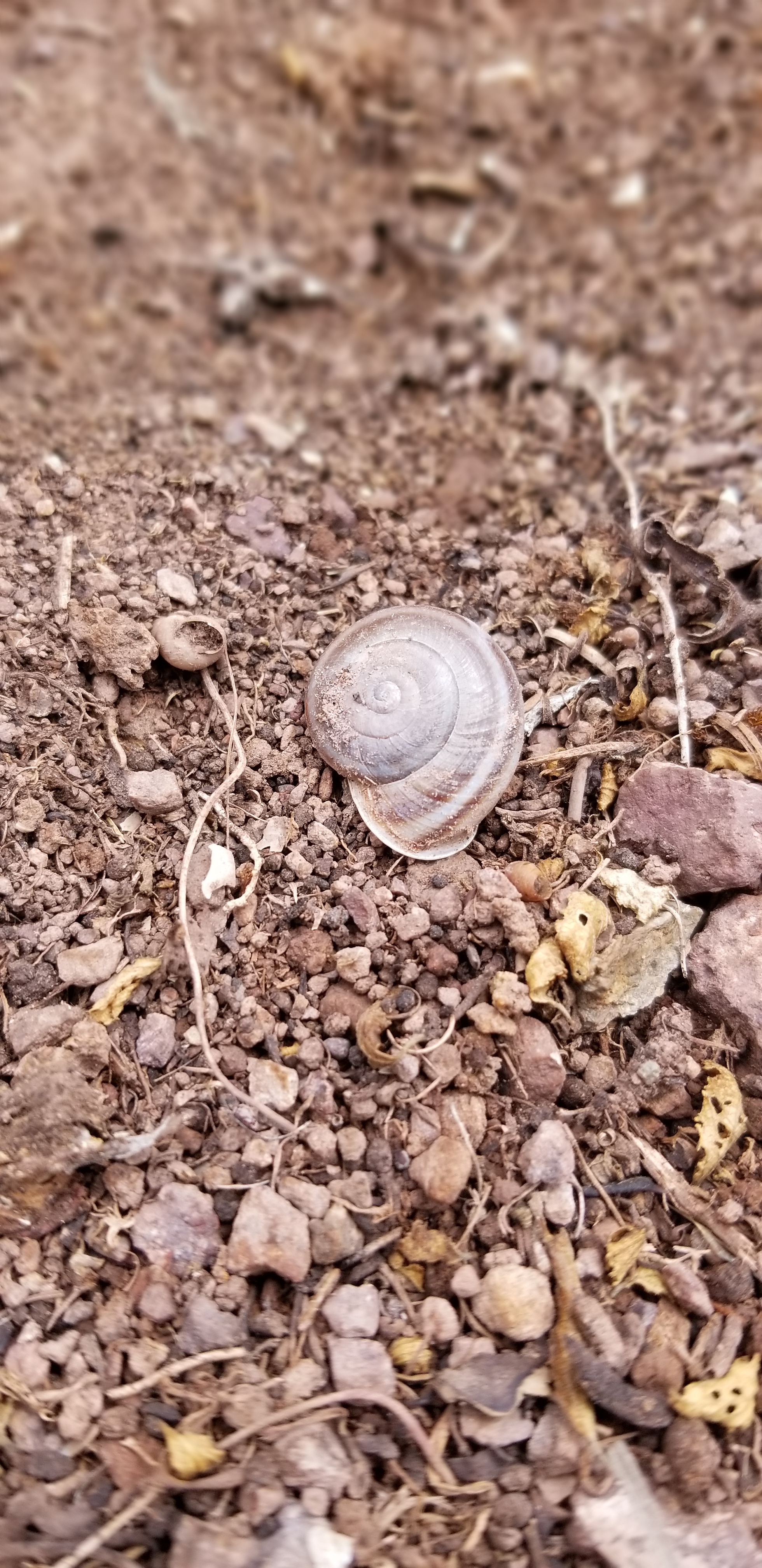After leaving Pisac I felt a bit overwhelmed by Cusco. It’s a sizeable city with a population of over 400,000 so you really have to shift gears after being in a village like Pisac (which has less than 10,000 people). As my taxi zipped through the Cusco streets I was already feeling a sense of loss for not having spent more time in Pisac.
The San Blas district has steep, winding, cobblestone paths that function as one lane roads; it’s comical to watch cars back down the street to let oncoming traffic pass. A number of friends advised me to stay in San Blas because that’s where many artists live and work. It’s quite charming.
Yes, cars drive on these roads.
On my first day I trekked down the hill (because of course I stayed near the top of the hill - under the welcoming arms of Cristo Blanco) and made my way to Plaza de Armas and got a feel for the town, and of course I did some churchy stuff.
The weather was perfect and I had a nice walk but didn’t see many artists, just the same sorts of touristy shops you can find anywhere. So I was kind of bummed but kept walking and took myself to a delicious lunch at vegan restaurant, Green Point. I took my time with lunch since I had nowhere to be and emerged around 3pm quite full and dreading the climb back to the hotel. And then it happened. All these doors began opening with artists at work in their studios. Some had shops, others didn’t. The ones I found most interesting were the ones where people were simply working, not necessarily welcoming visitors into their space, but not turning them away either. From the smell of cedar wafting out of a humble workspace I came across a father+son team of woodworkers. Domingo Alvarez is a master woodworker who has been carving for over 40 years and his son, Blas has been apprenticing with him for about 10.
Their workshop was dark when I poked my head in and asked Blas if I could watch him work. He kindly let me in and his father joined us to show off some of their creations. They do very intricate altars and pulpits for churches as well as ornate frames that they typically gild. Blas is also a painter, primarily in oils.
Blas told me they’re on Facebook but I haven’t been able to find them. I did find a local interview with Domingo from 6 years ago on YouTube. You can learn more about him from this footage.
While the ornate work was beautiful, my eye landed on a few pieces high on a shelf that had simple, clean lines. I pointed at them and the formerly stone-faced Blas lit up with delight. Apparently it was his more experimental work and he was eager to show them off. I brought back two of these beautiful cedar vases.
It was a real pleasure seeing these two men work together and clearly Domingo is nearly ready to pass the torch to Blas. Though we could hardly understand each other I spent a pleasant hour with them and was really happy with my purchases. I hope to find them good homes where they will be appreciated for their workmanship as well as the pride it gave Blas to have someone admire his own designs.



